In the first decades of the 20th century, the streets of the Bronx told a story of a borough in transition. One could find grand, Parisian-style boulevards, bustling commercial avenues shadowed by elevated trains, dense residential blocks of new brick tenements, and quiet, unpaved country roads, all within a few miles of each other. The streetscape was a dynamic mix of the old rural Bronx and the new urban borough.
The grandest street in the borough was the Grand Concourse. This wide, meticulously planned boulevard was designed to be the Bronx’s showpiece. Modeled after the Champs-Élysées in Paris, it featured separate roadways for commercial wagons and private vehicles, along with landscaped medians and wide sidewalks. Along its length, large and elegant new apartment buildings were beginning to rise, setting a new standard for prestigious residential living in the borough.
The workaday heart of the Bronx pulsed along its major commercial avenues like Third Avenue, Tremont Avenue, and Boston Road. Third Avenue was defined by the immense steel structure of the elevated train line that ran above it, plunging the street into shadow and filling the air with the rumble of passing trains. These avenues were lined with electric streetcar tracks and crowded with a chaotic mix of horse-drawn delivery wagons and the first sputtering automobiles. The storefronts were a continuous wall of small businesses: bakeries, butcher shops, saloons, hardware stores, and tobacconists, with pushcart vendors selling produce and other goods along the curbs.
Read more
On the residential side streets of the South Bronx and neighborhoods like Morrisania, the scene was one of dense community life. Here, the last of the older wooden-frame houses stood alongside blocks of new five- and six-story brick apartment buildings, known as tenements. The street itself was the primary playground for the thousands of children who lived in these buildings. They played games like stickball and marbles in the road, while their parents watched from the windows or socialized on the front stoops, which served as open-air living rooms in the evenings and on hot summer days.
Further north and east, much of the Bronx still retained a semi-rural character. Here, the main thoroughfares gave way to unpaved dirt roads. Stone walls, relics of the farms and country estates that had once dominated the landscape, still crisscrossed the area. The streets were quiet, traveled mostly by horse and wagon, and lined with scattered farmhouses and large country homes. This was the old Bronx, a landscape of woods and open fields that was steadily receding as the grid of city streets expanded.


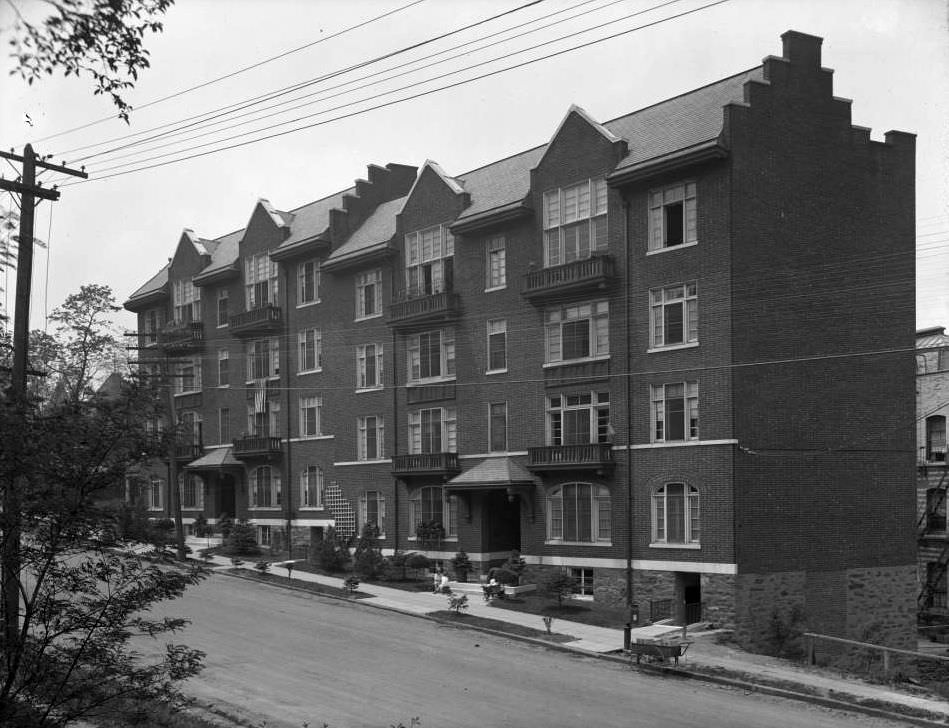

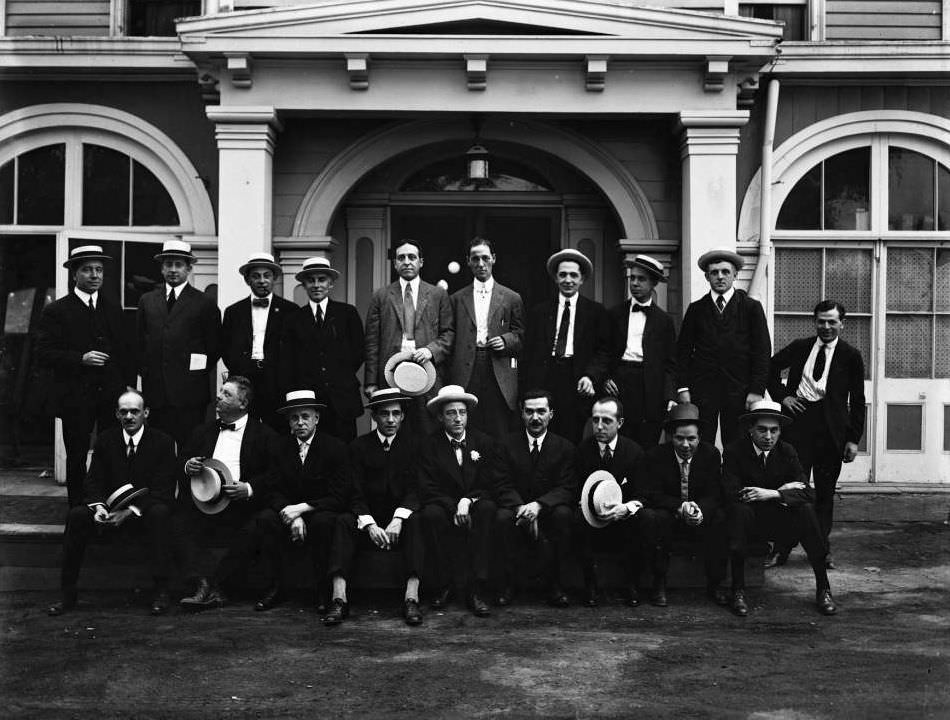
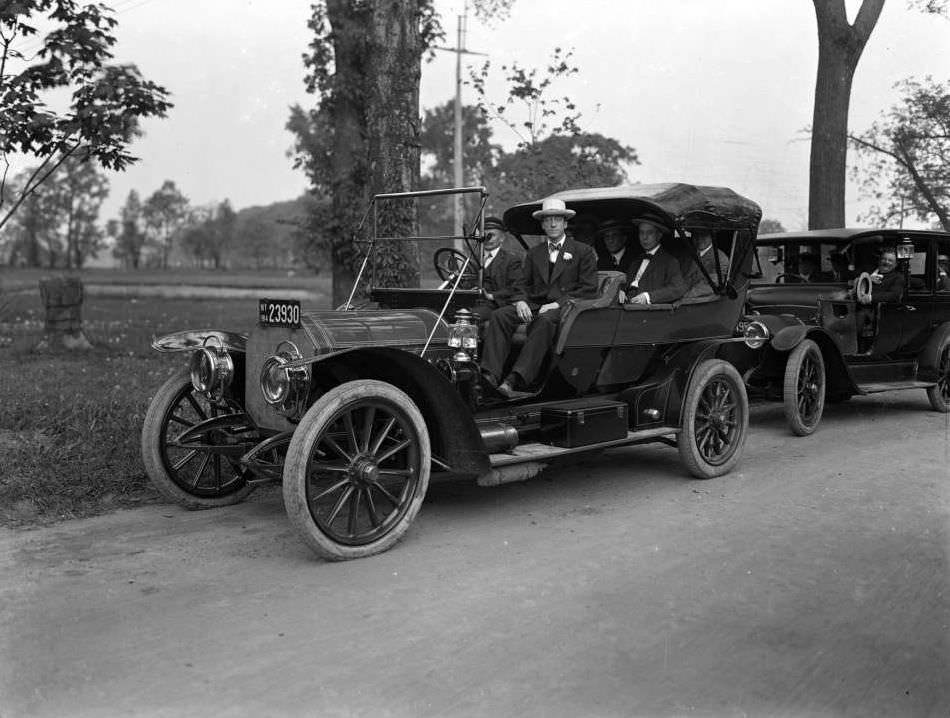
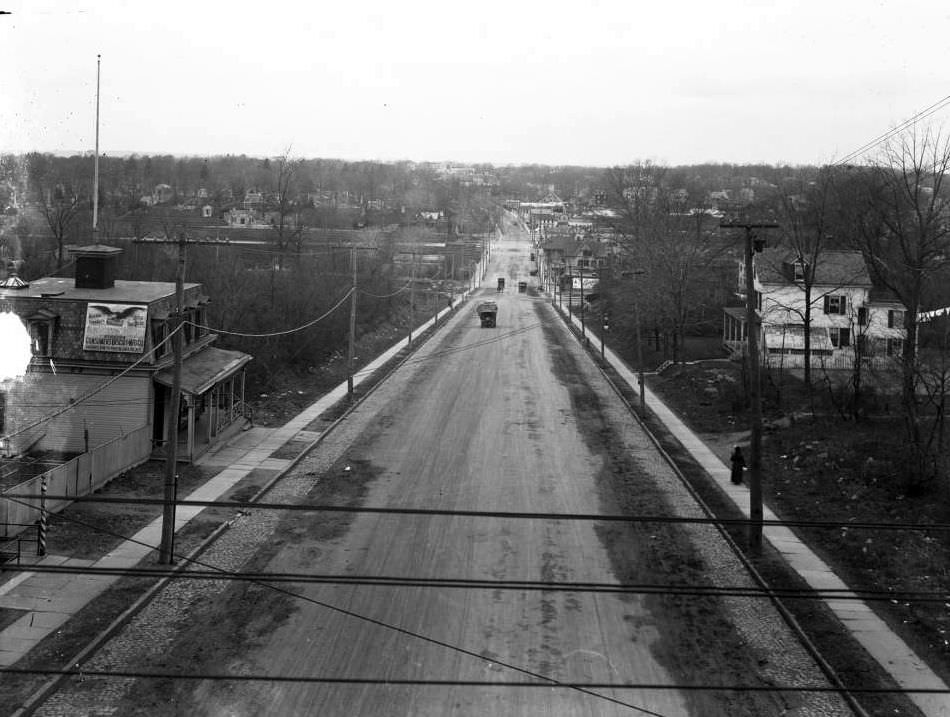
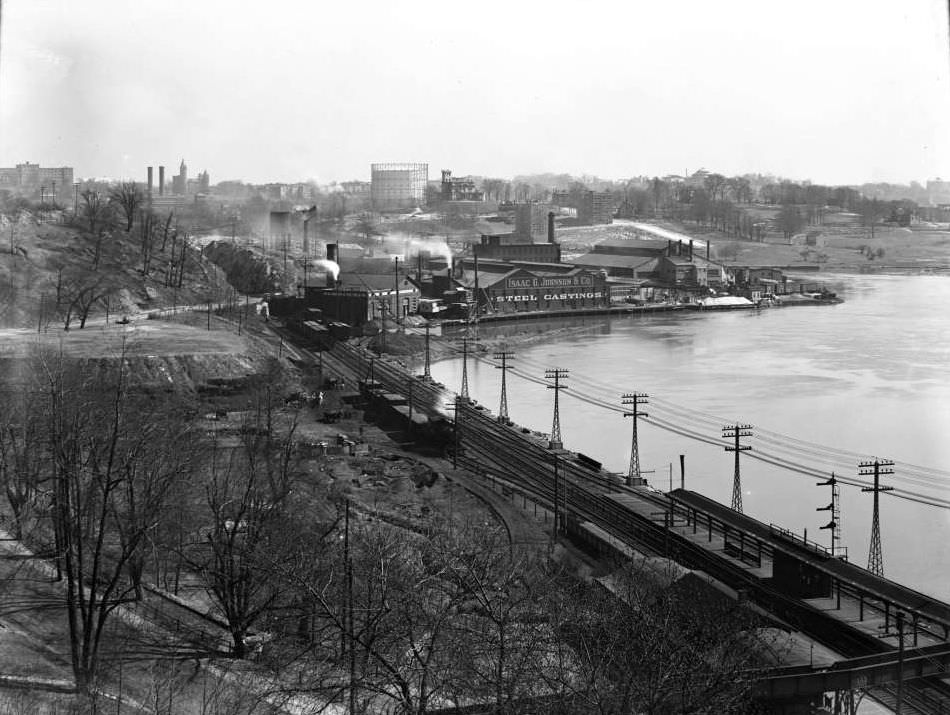
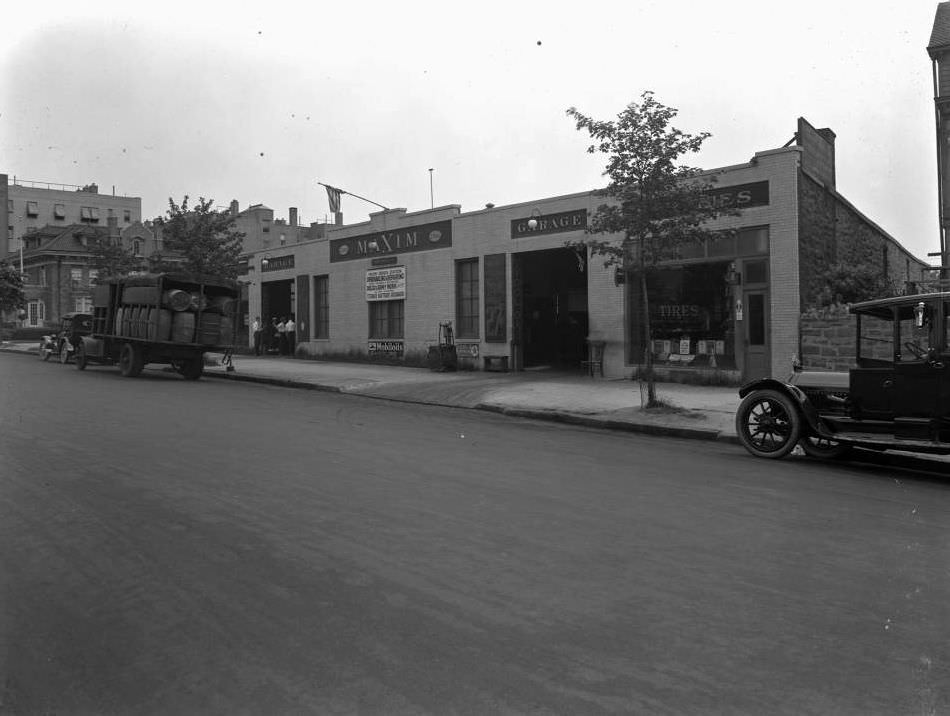
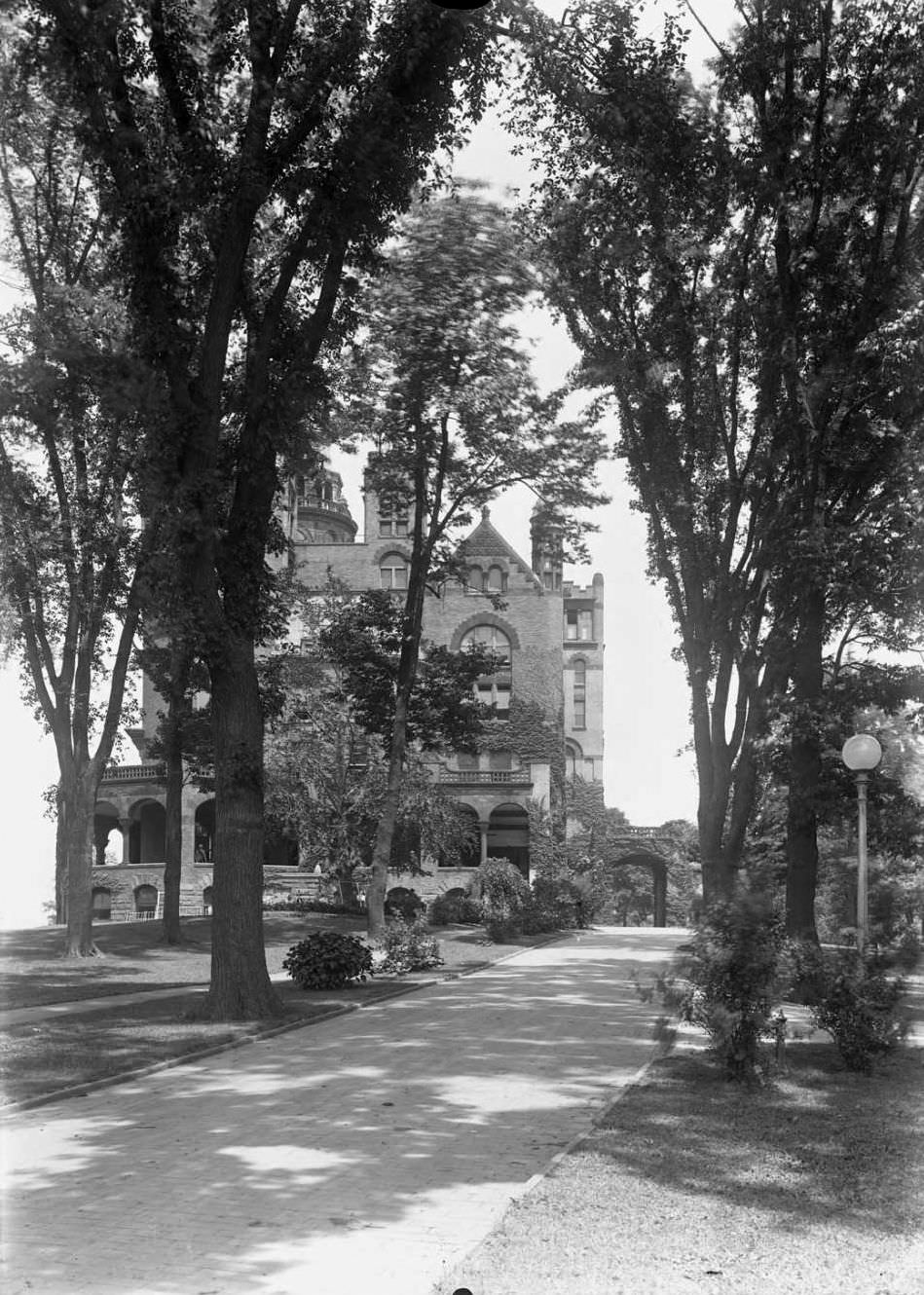
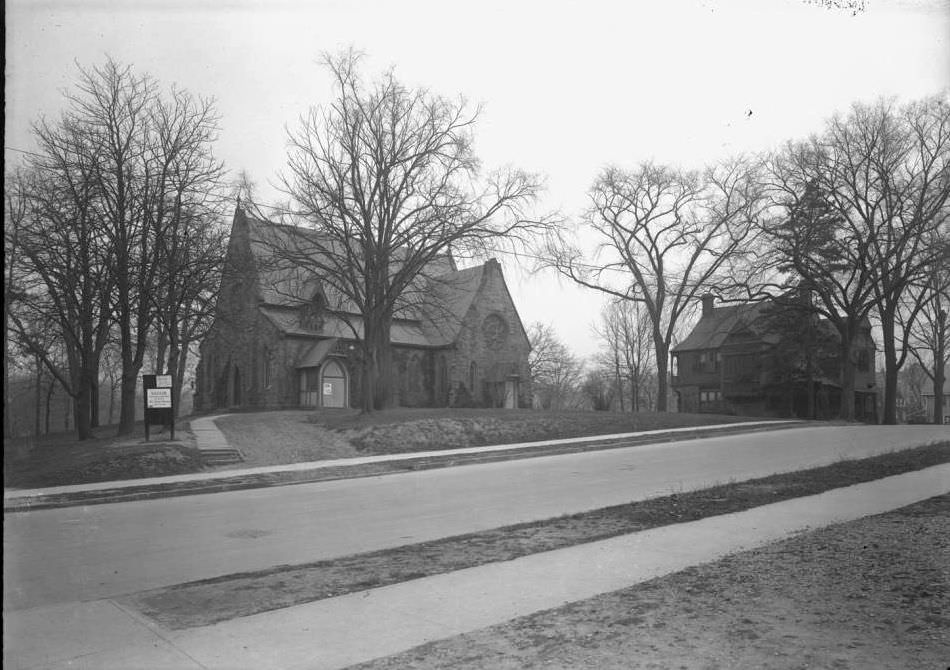
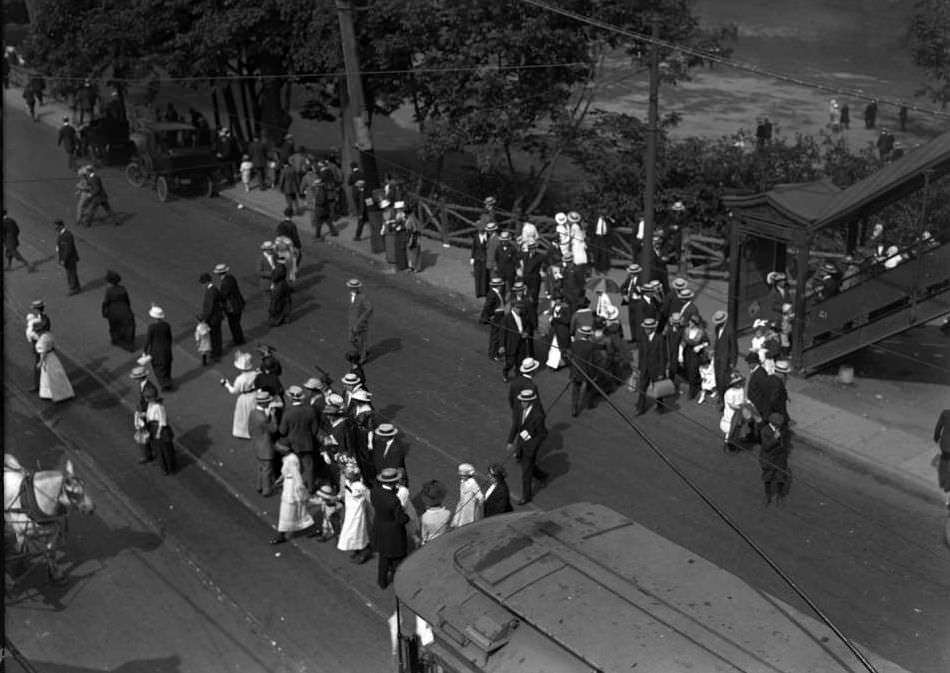
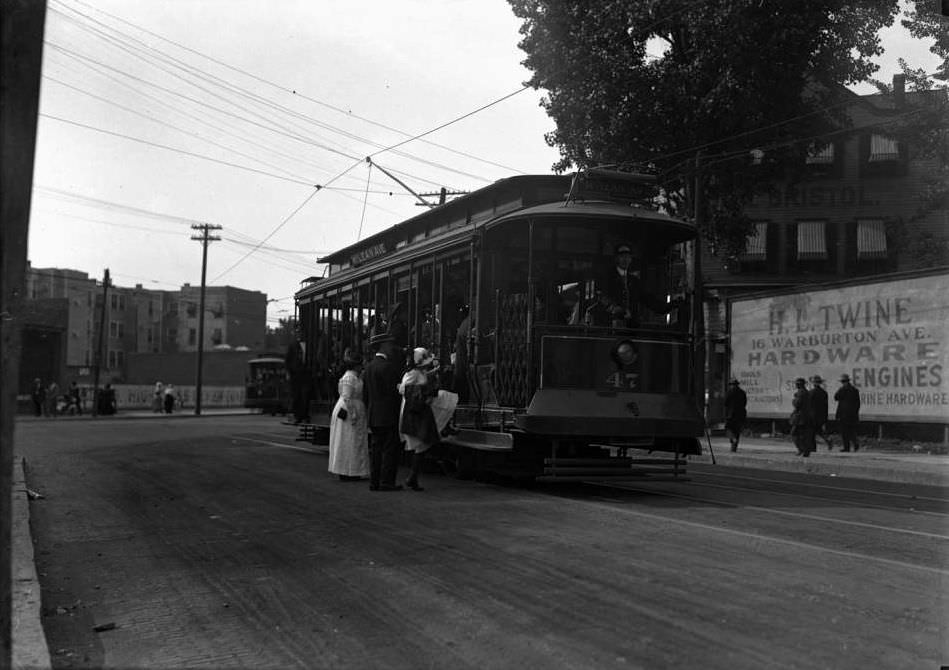
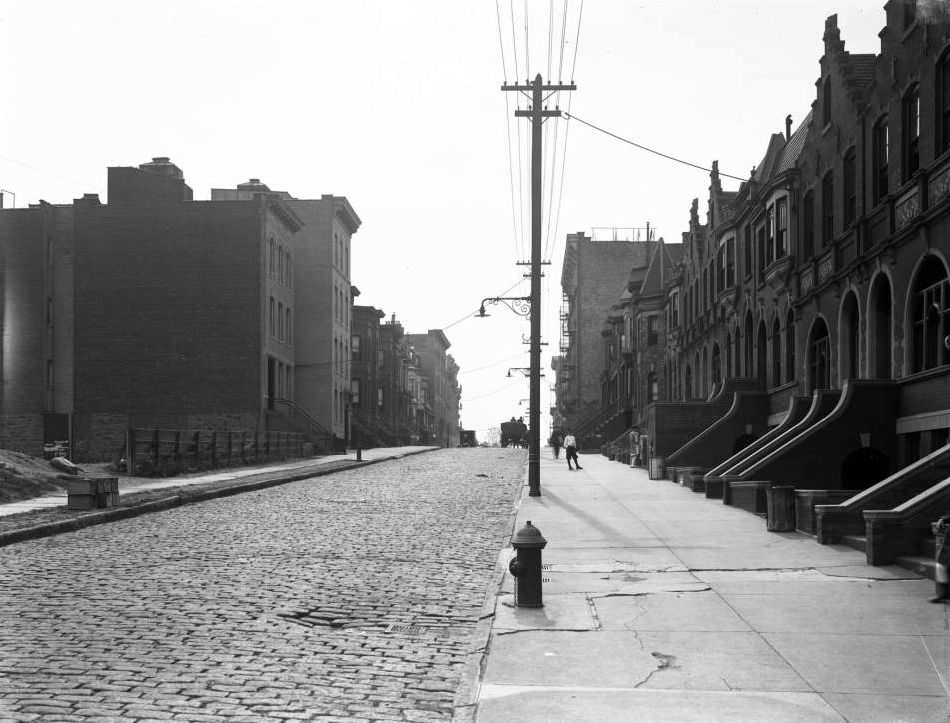
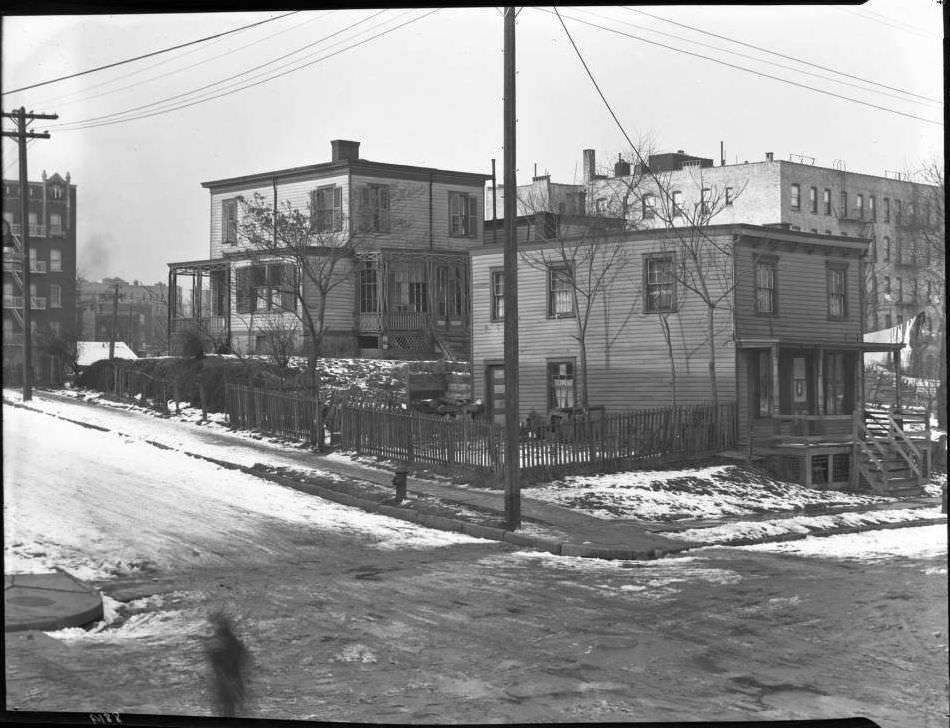
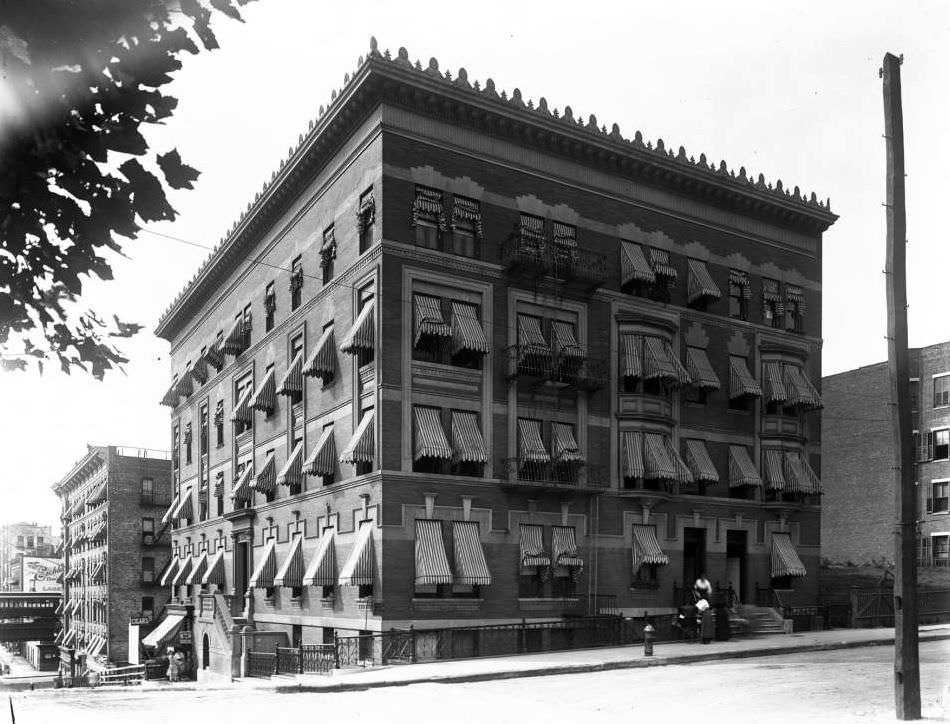
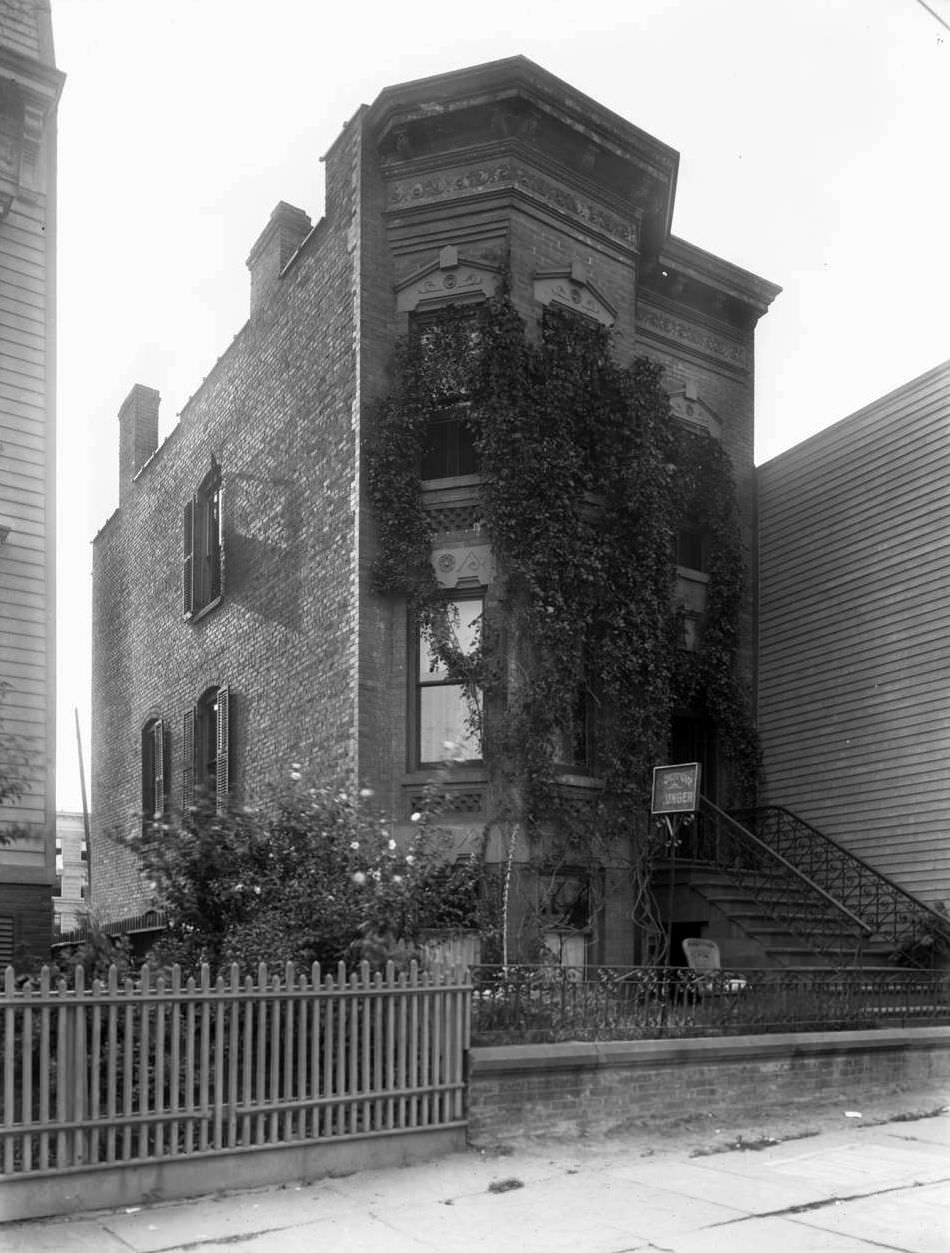
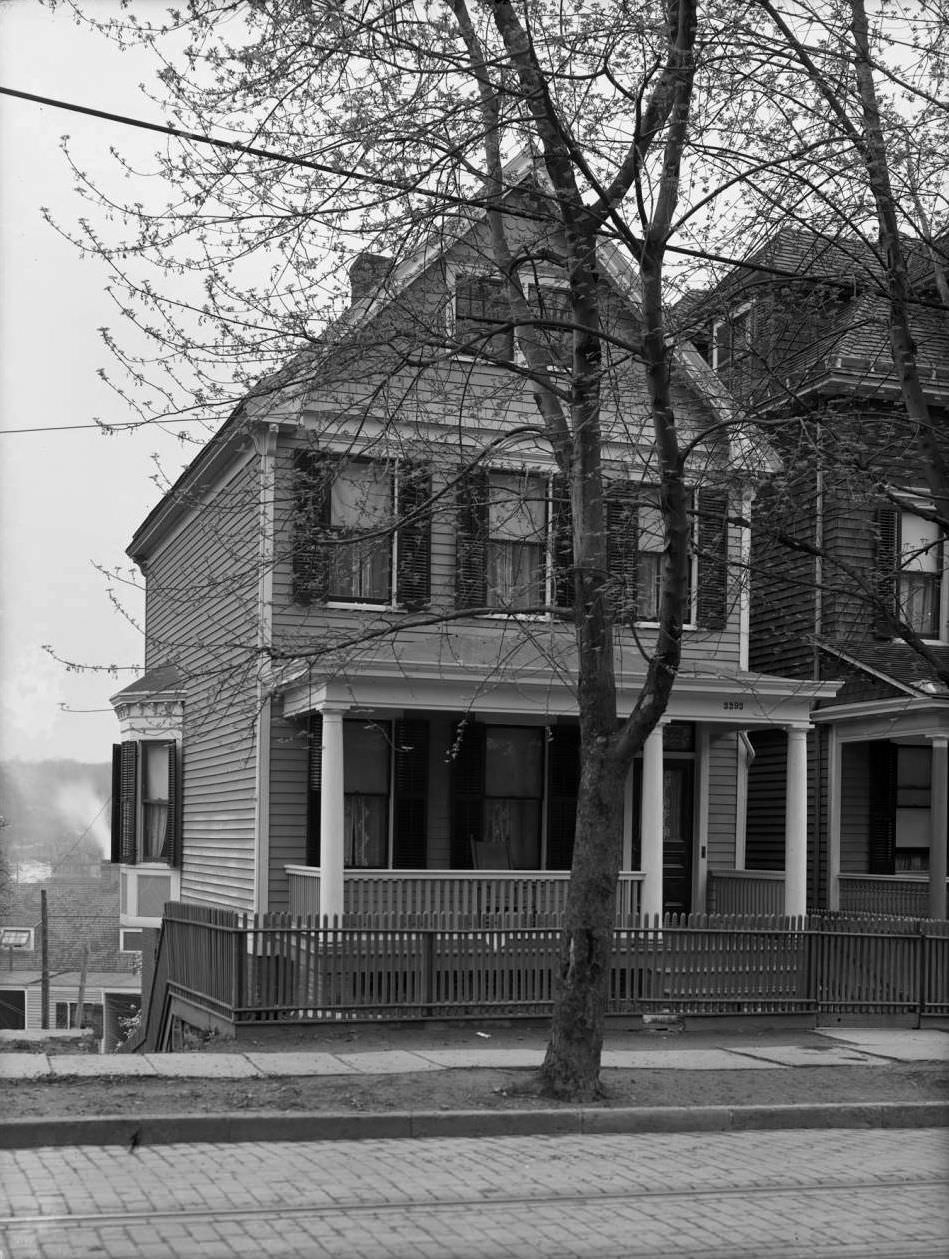
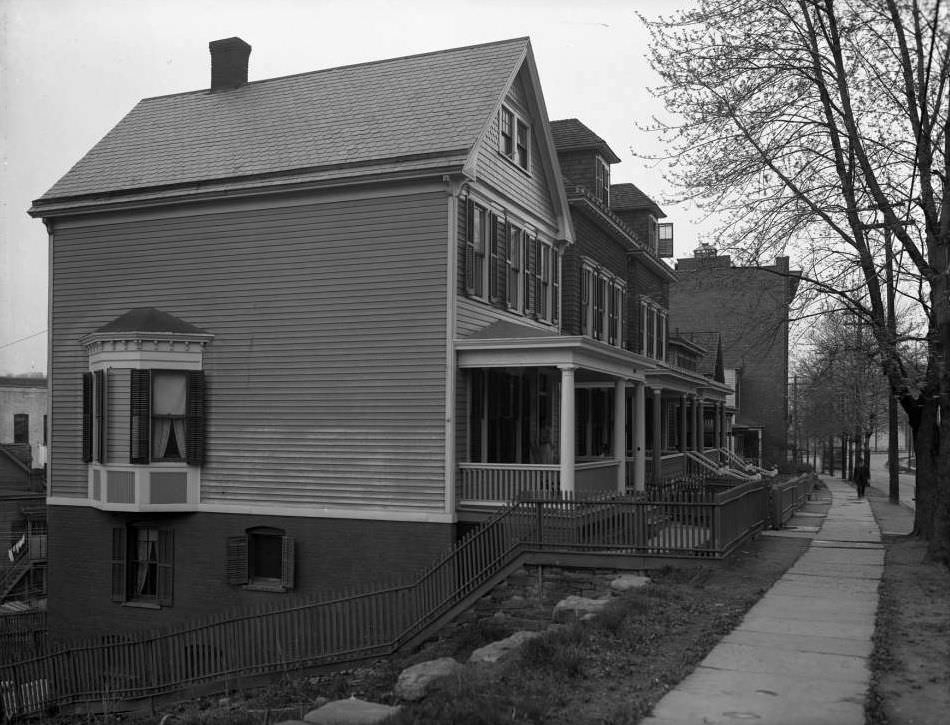
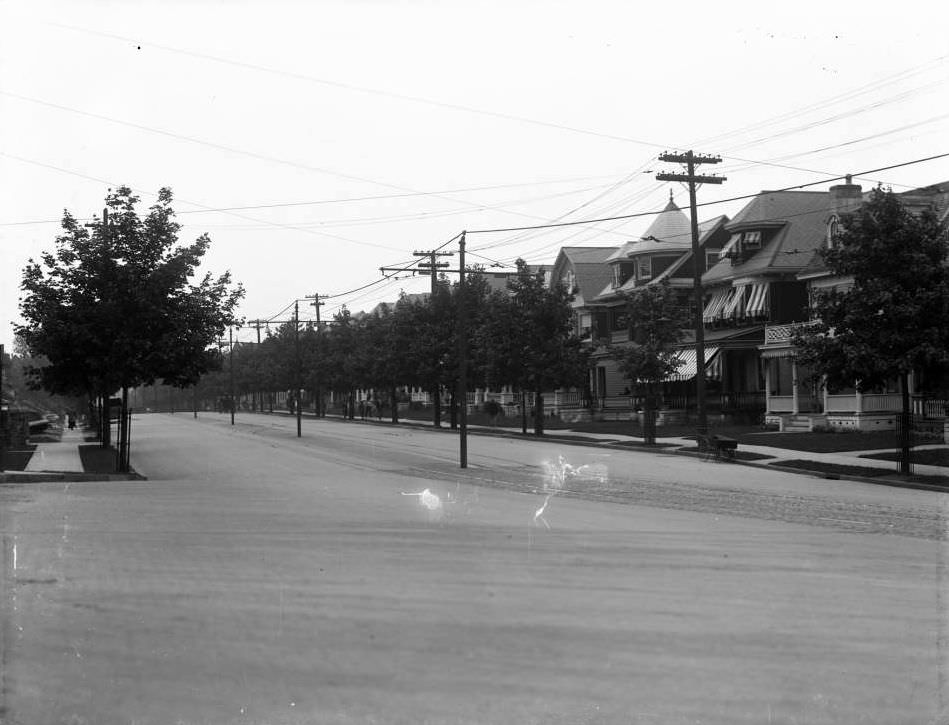
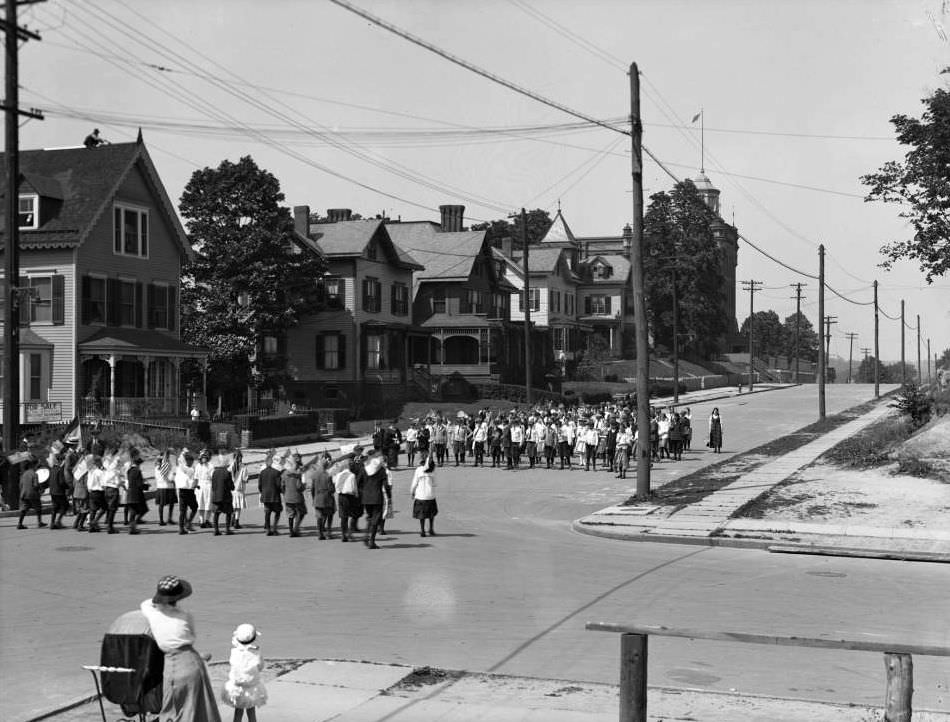
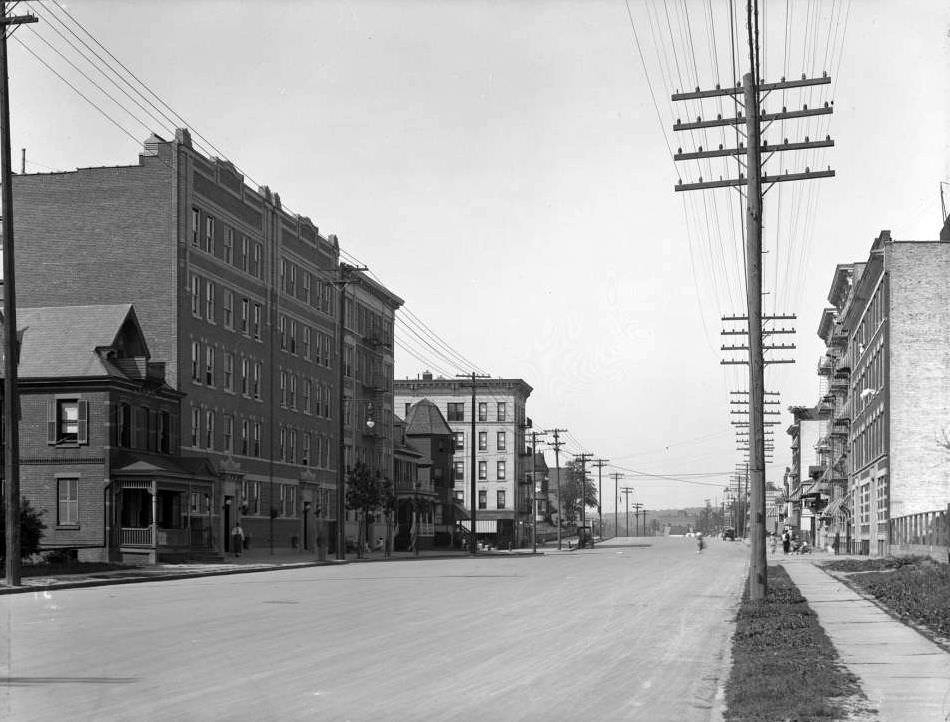
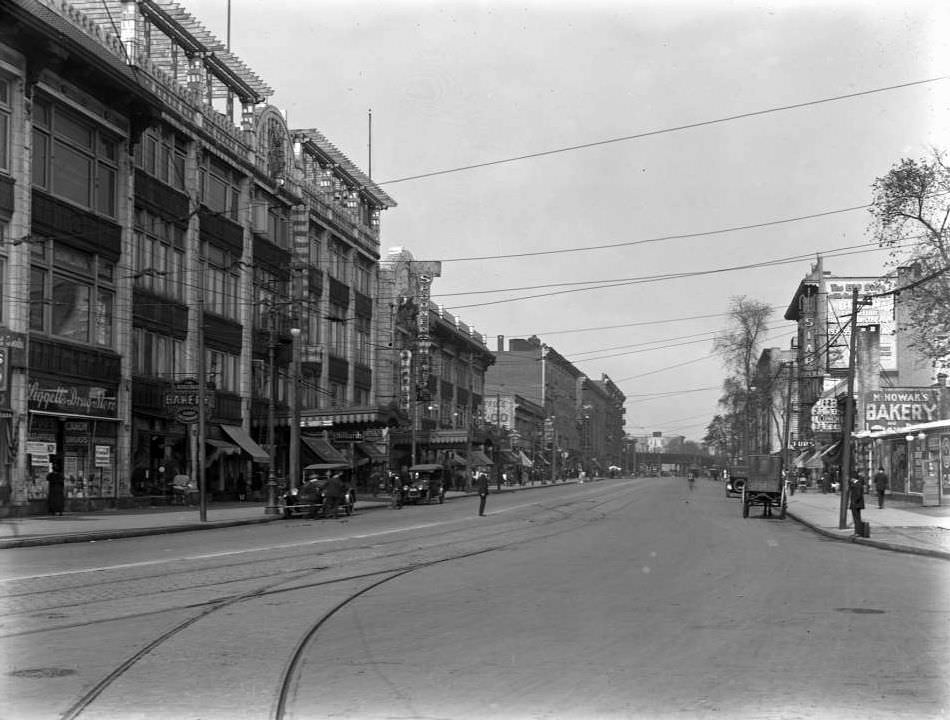
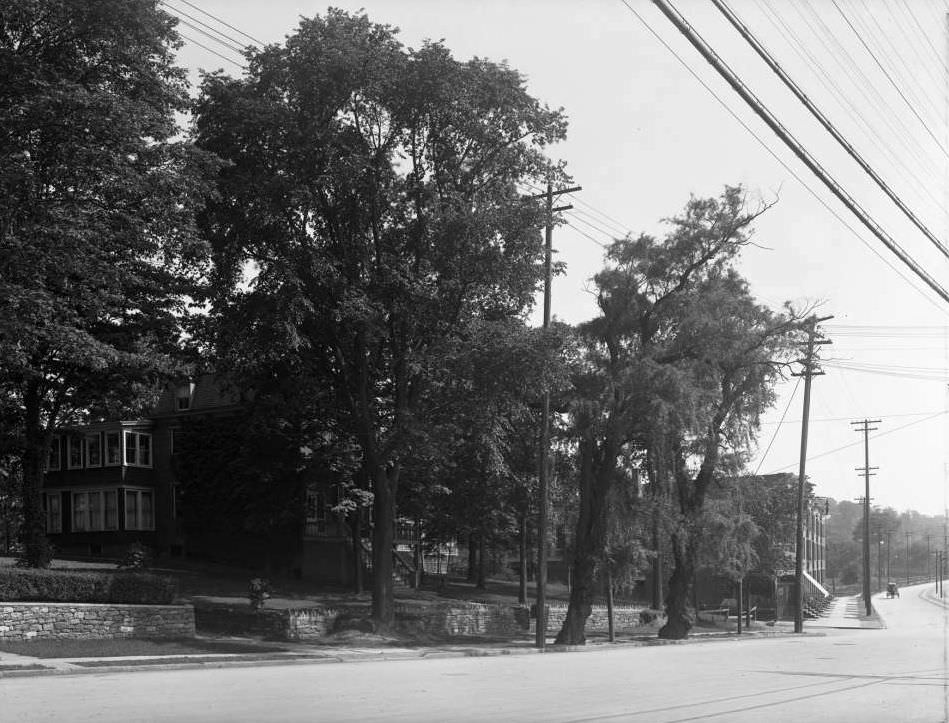
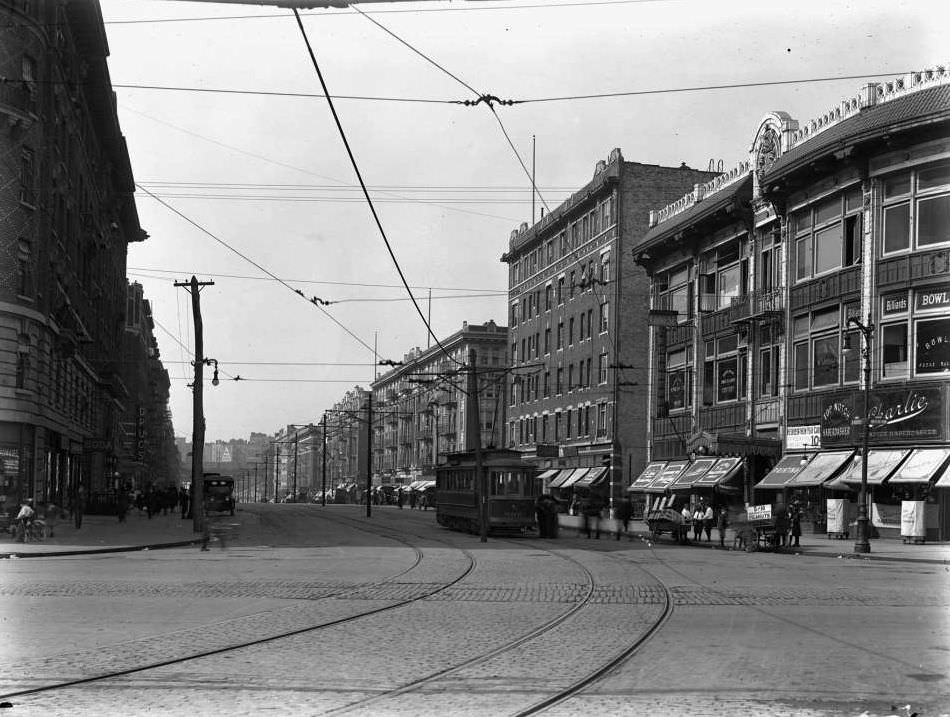

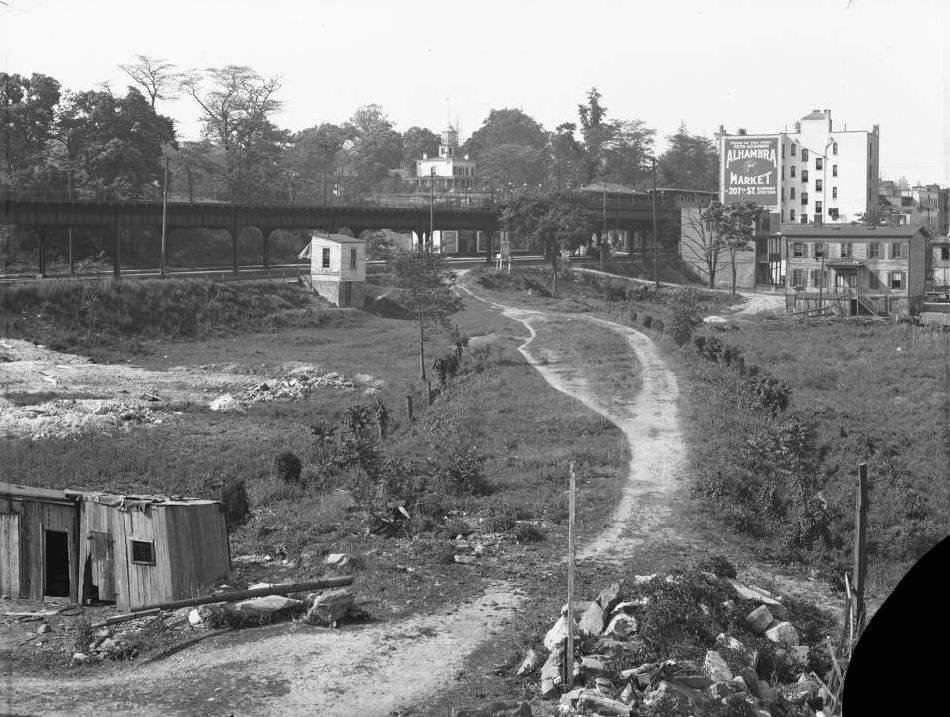
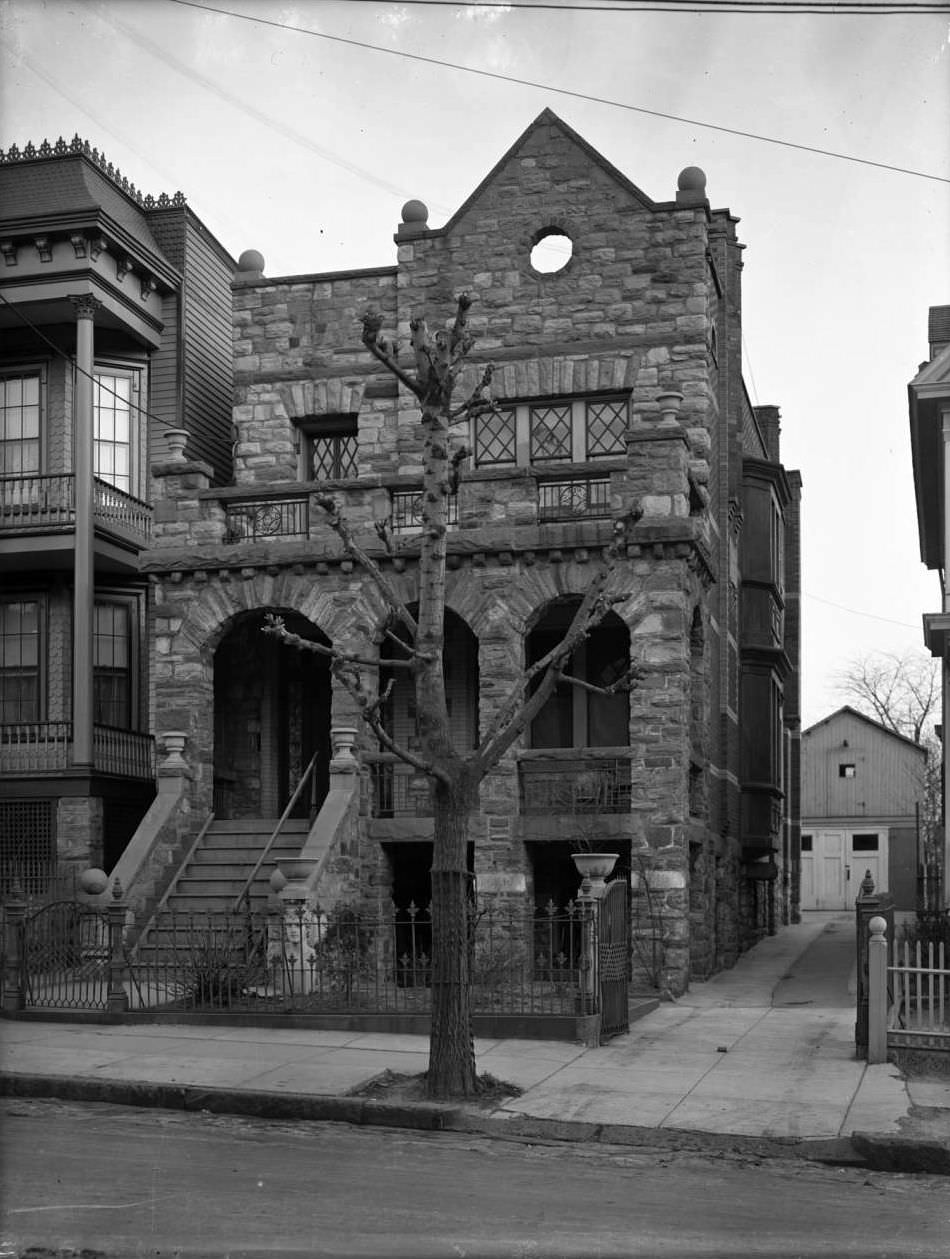
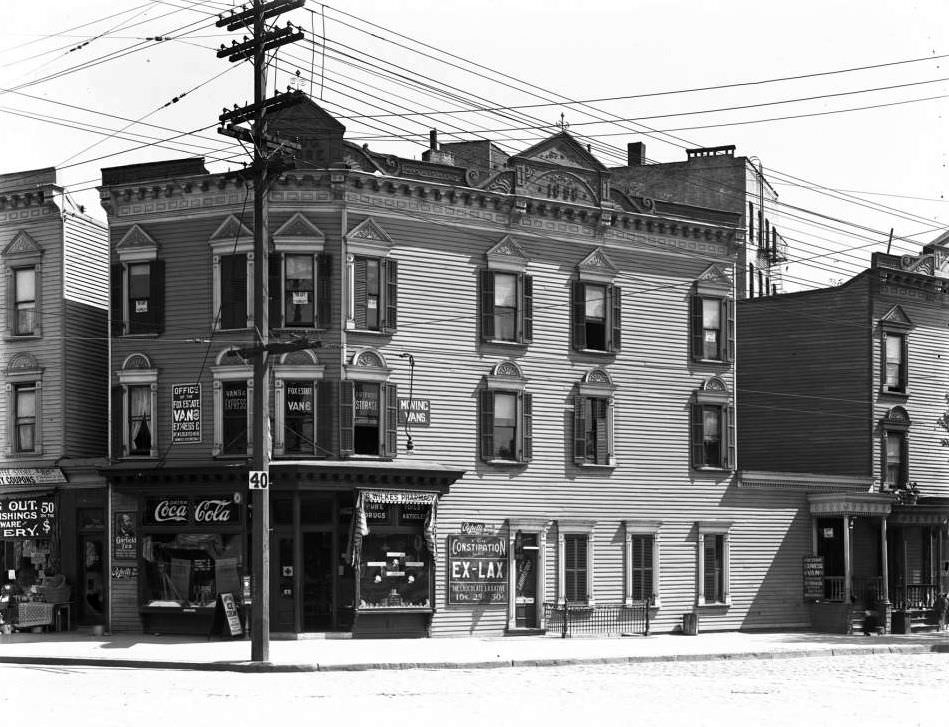
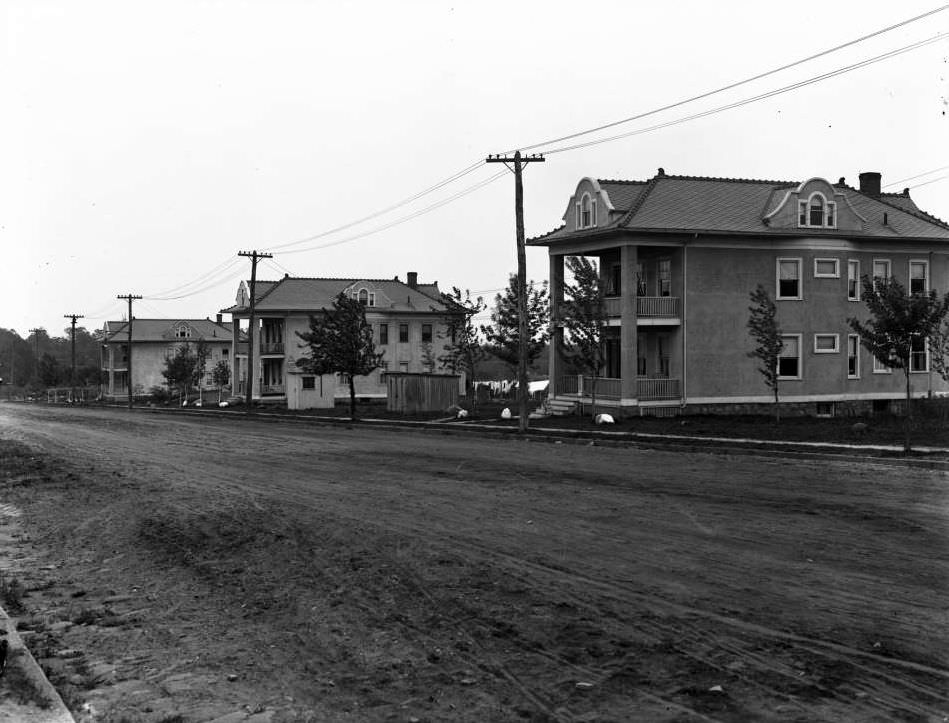
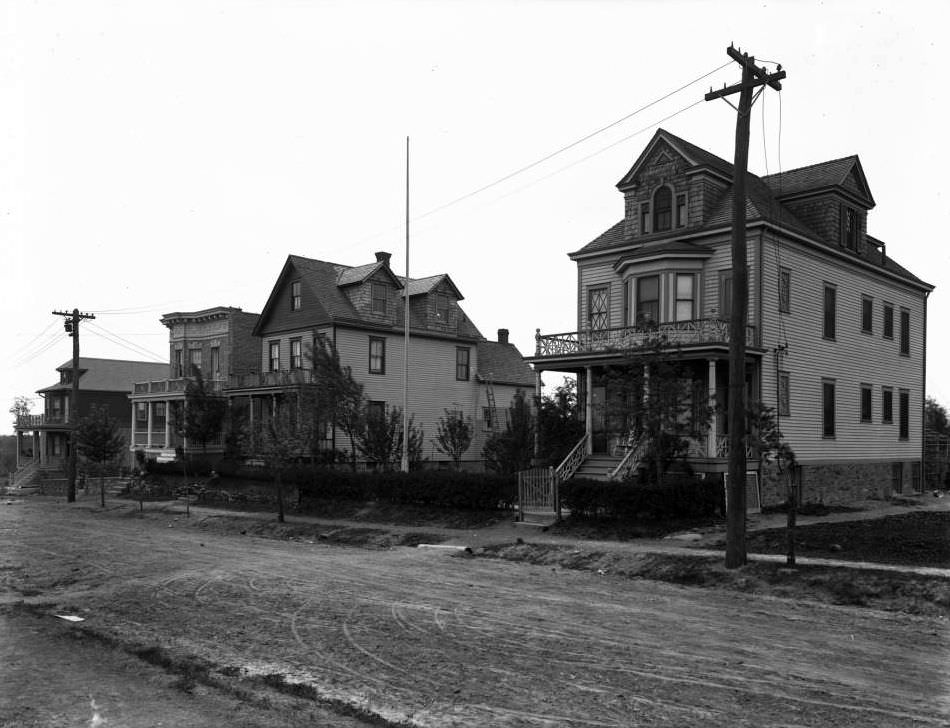
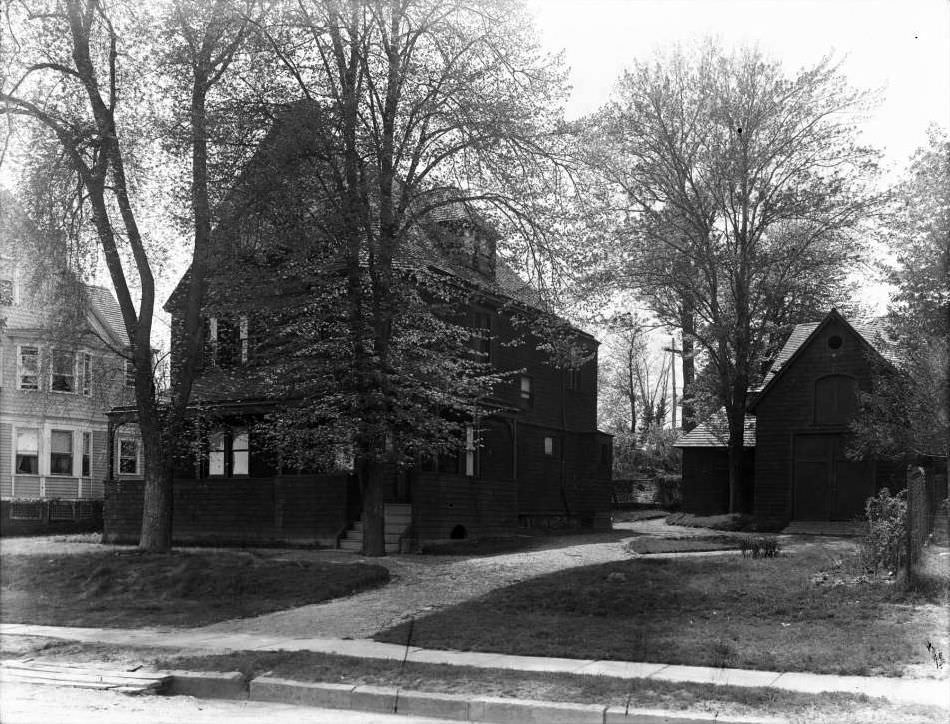

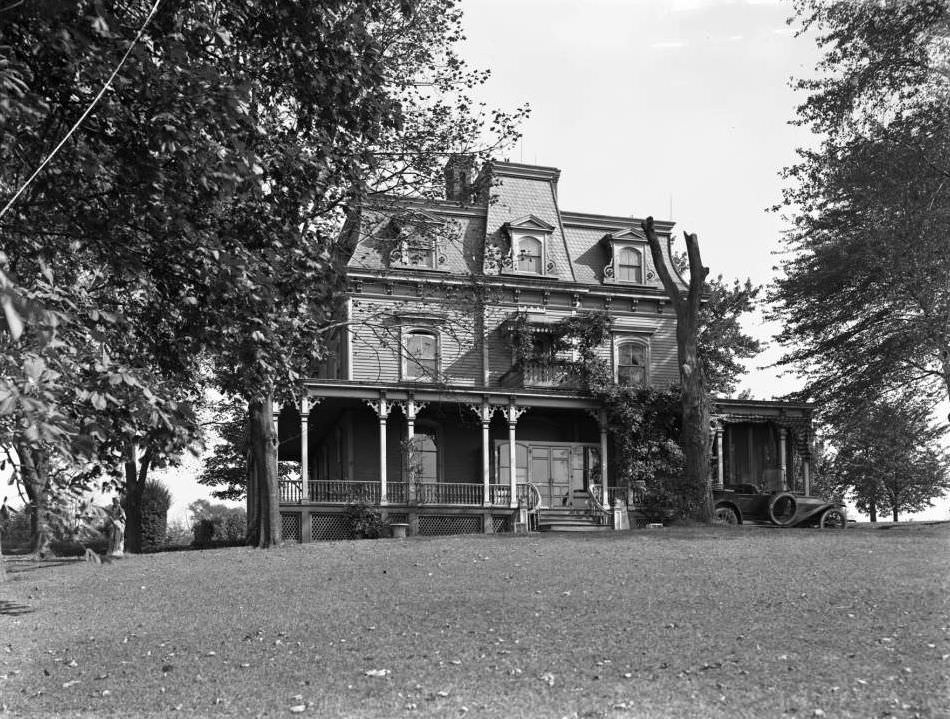
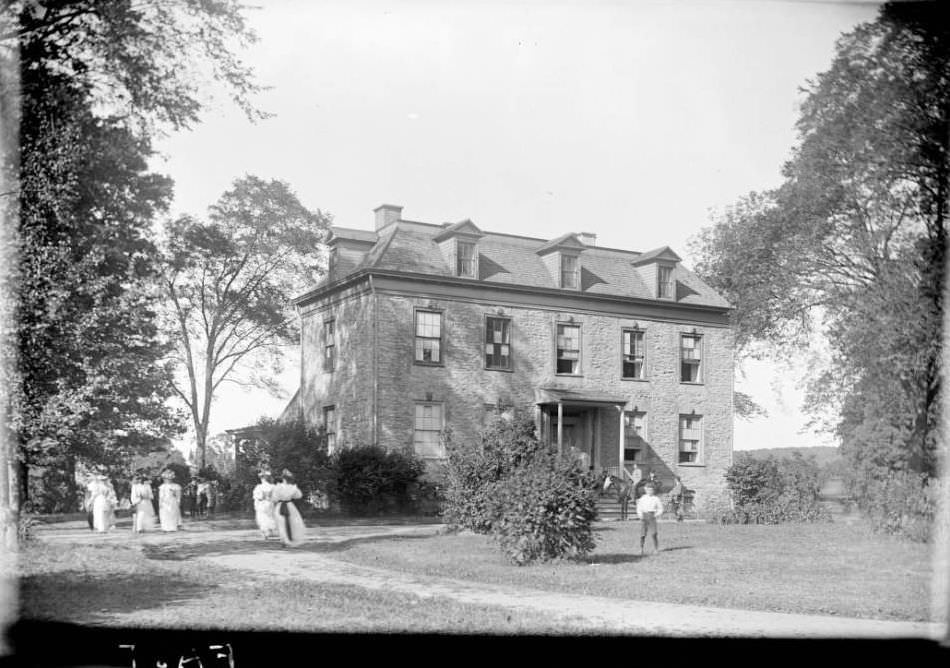
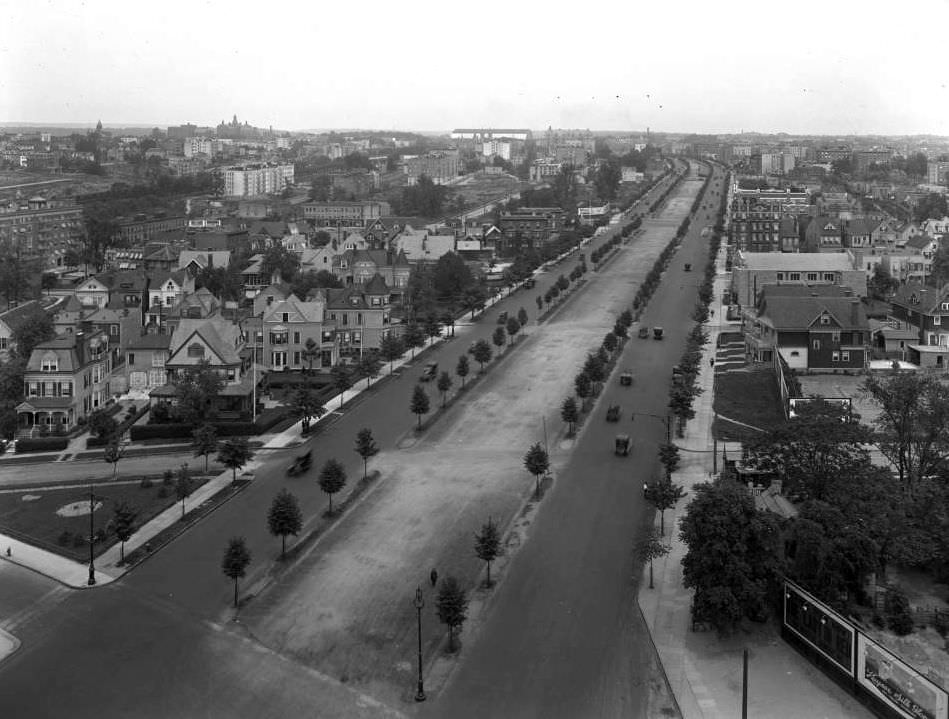
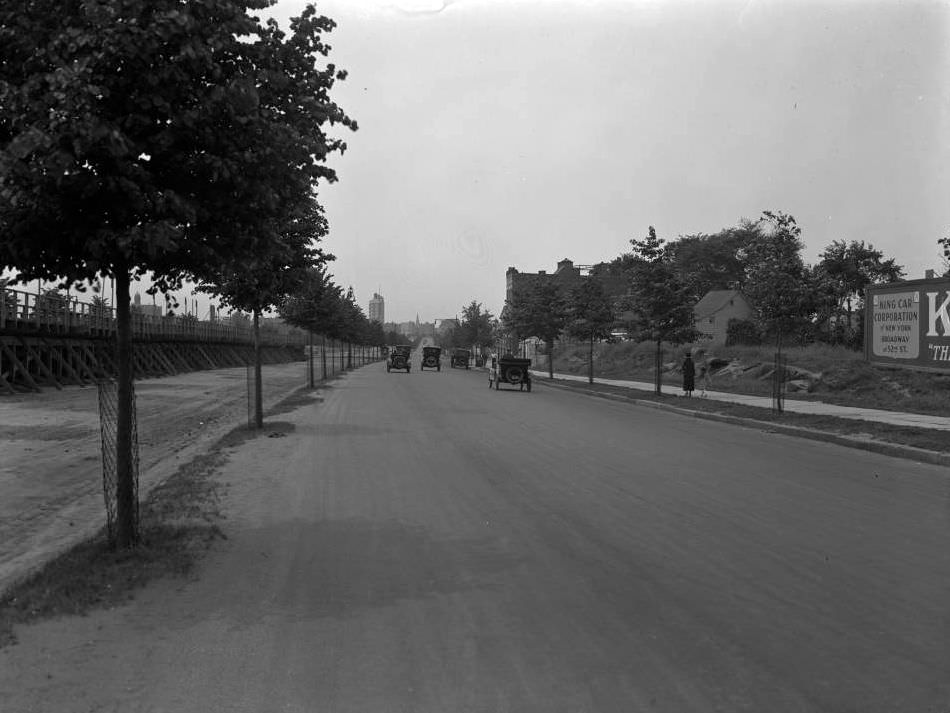
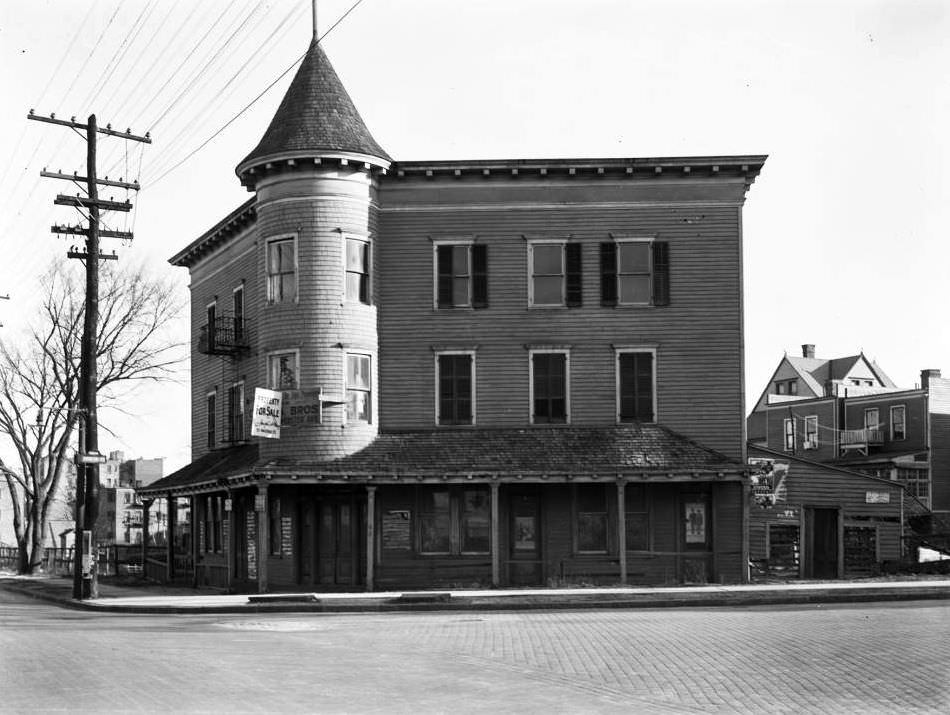
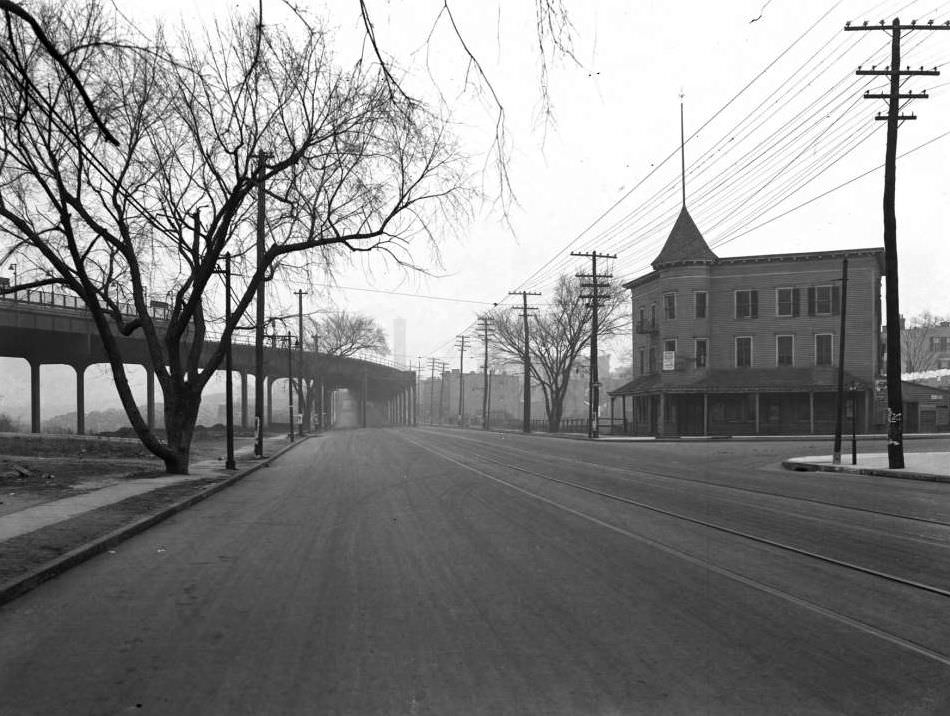
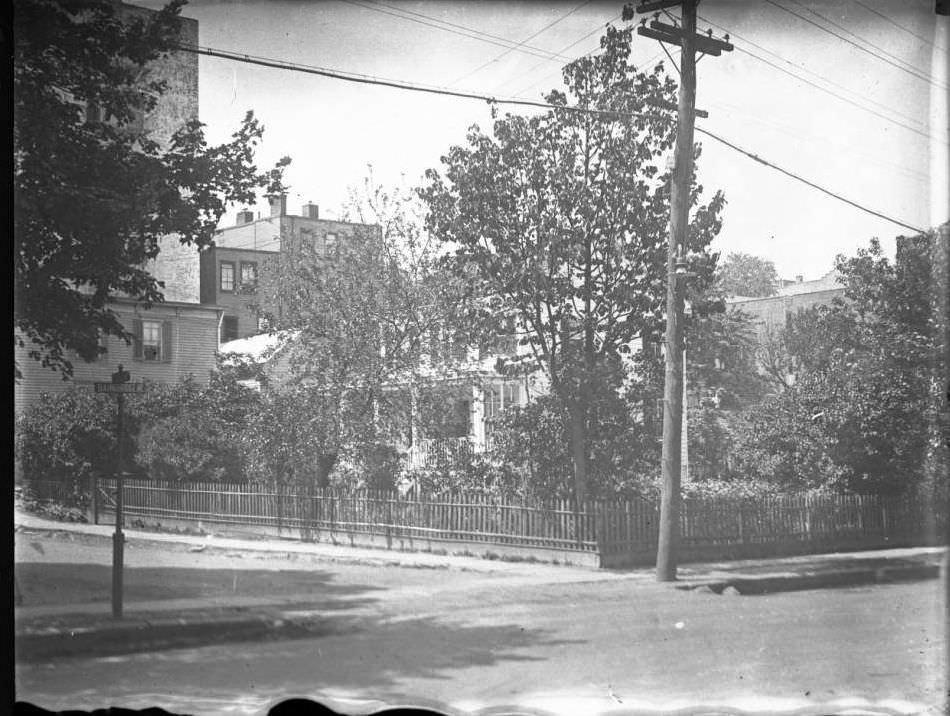
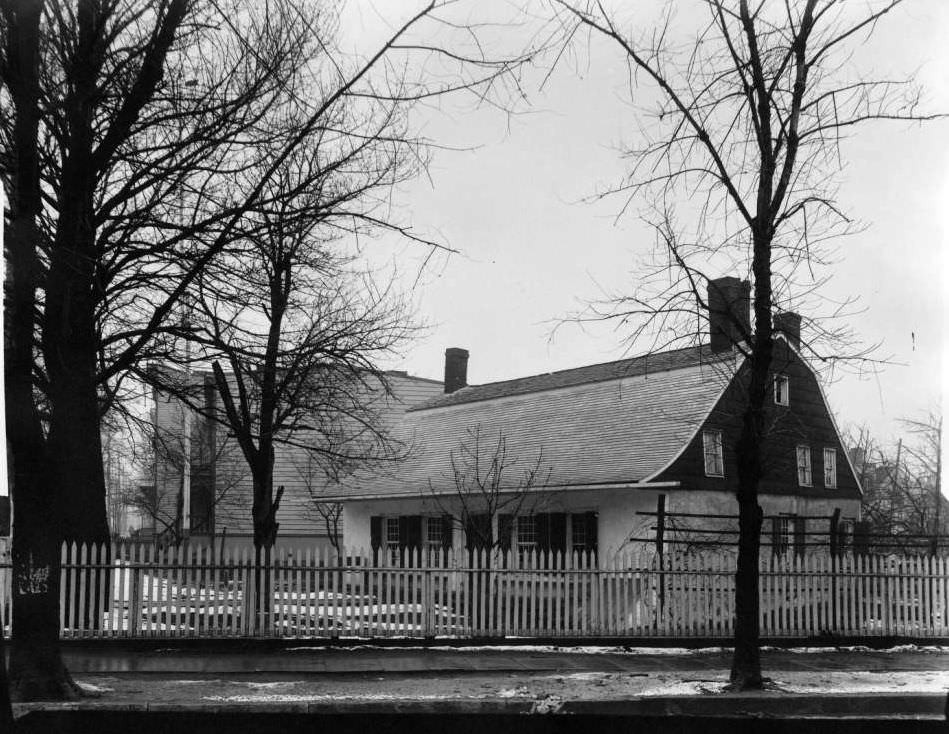
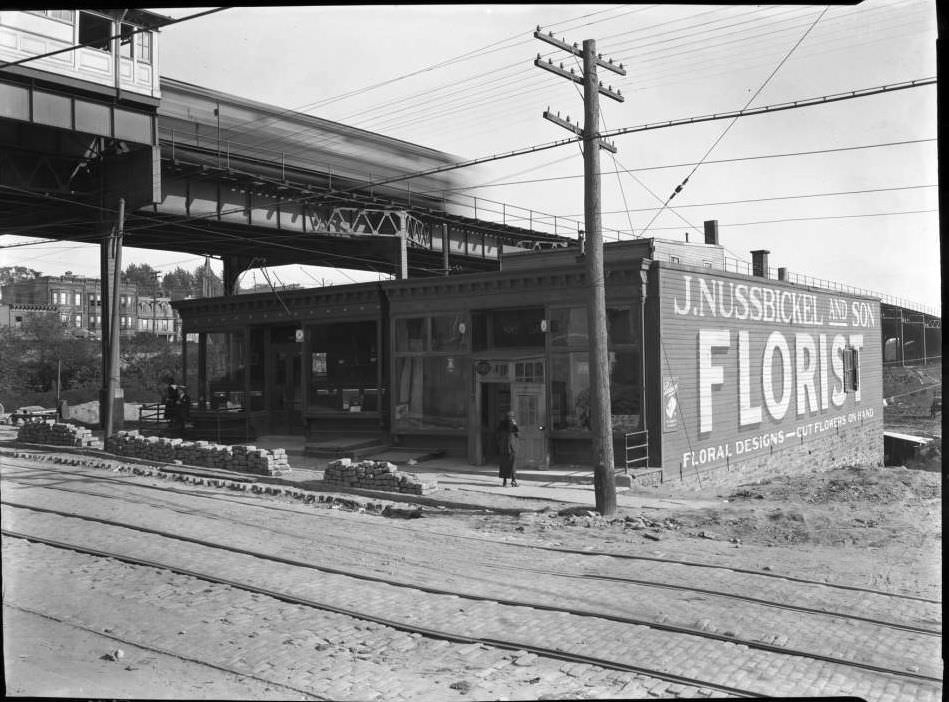
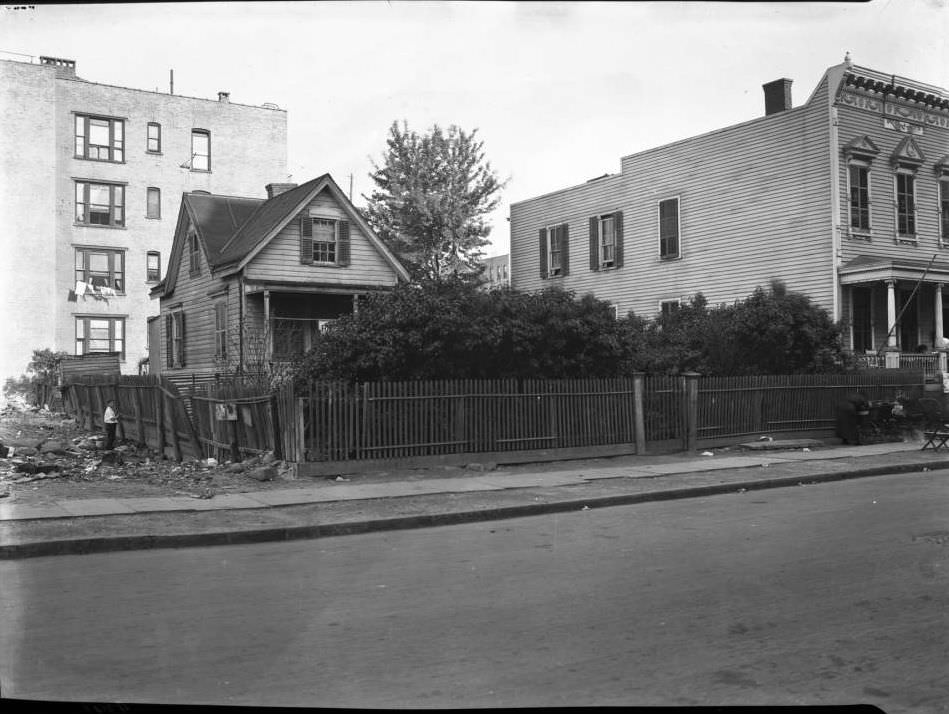
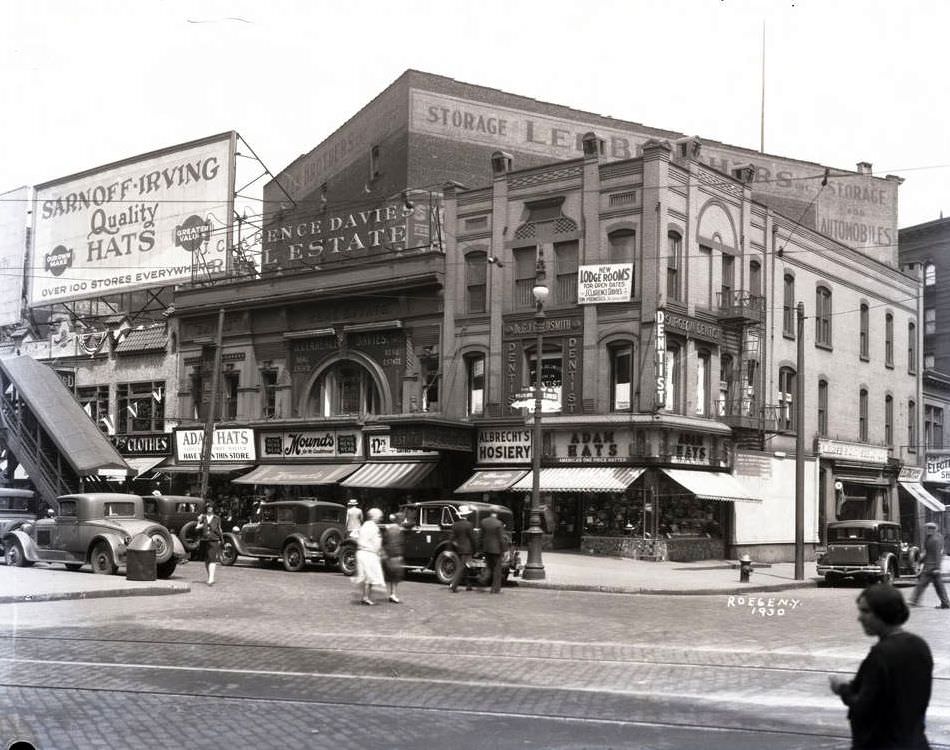
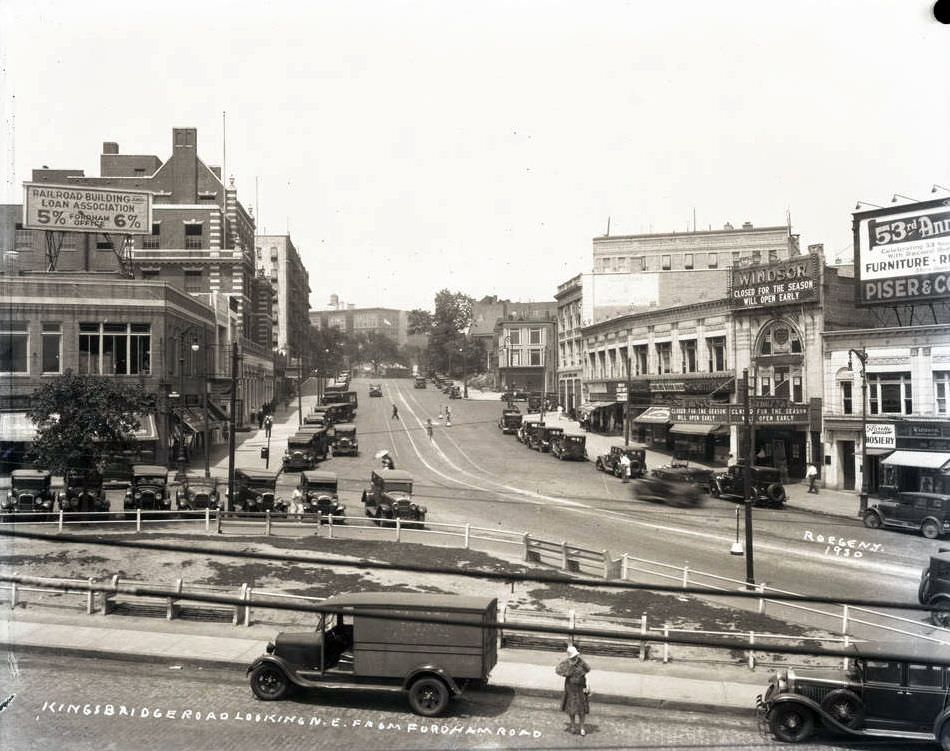
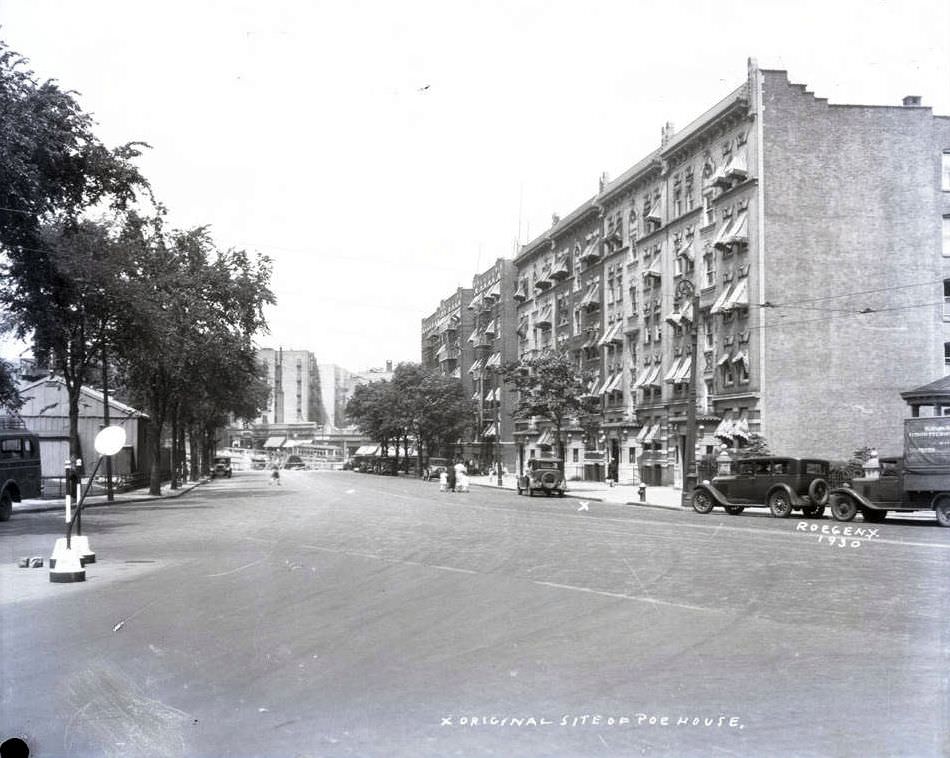
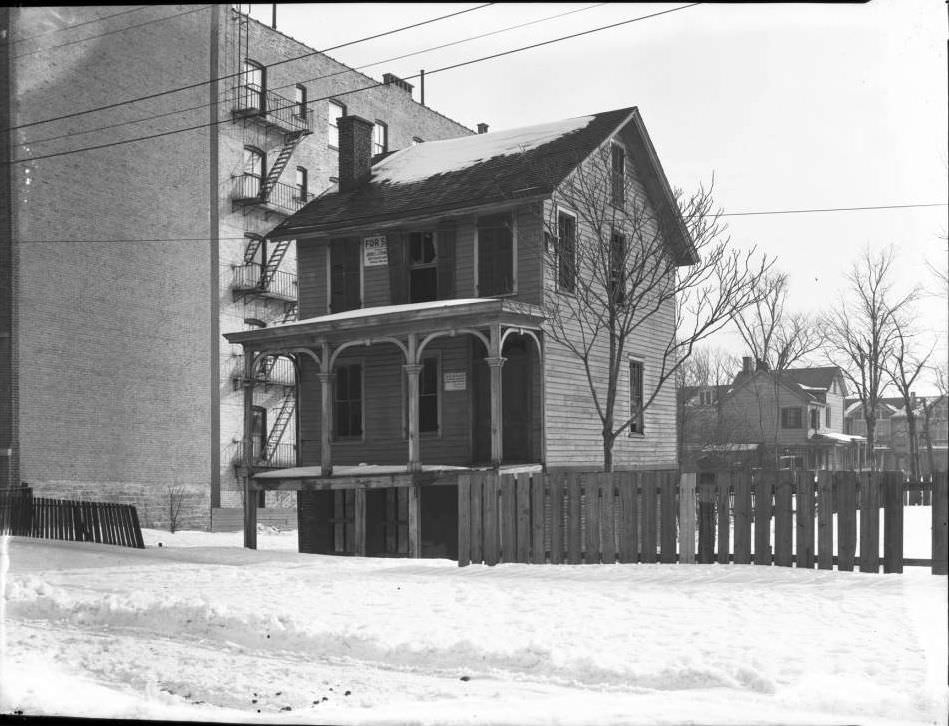
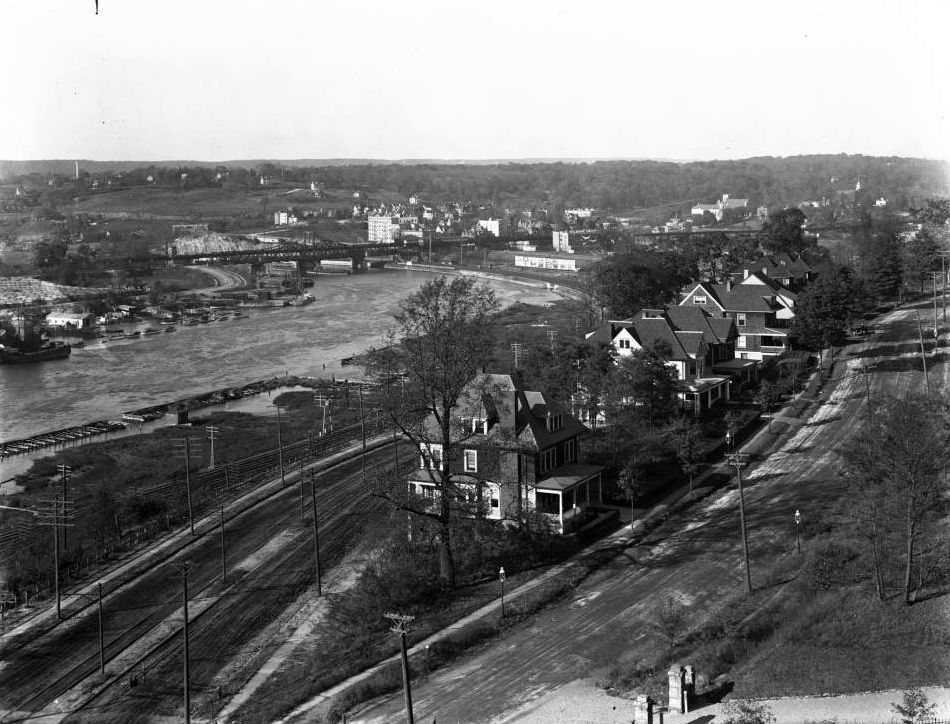
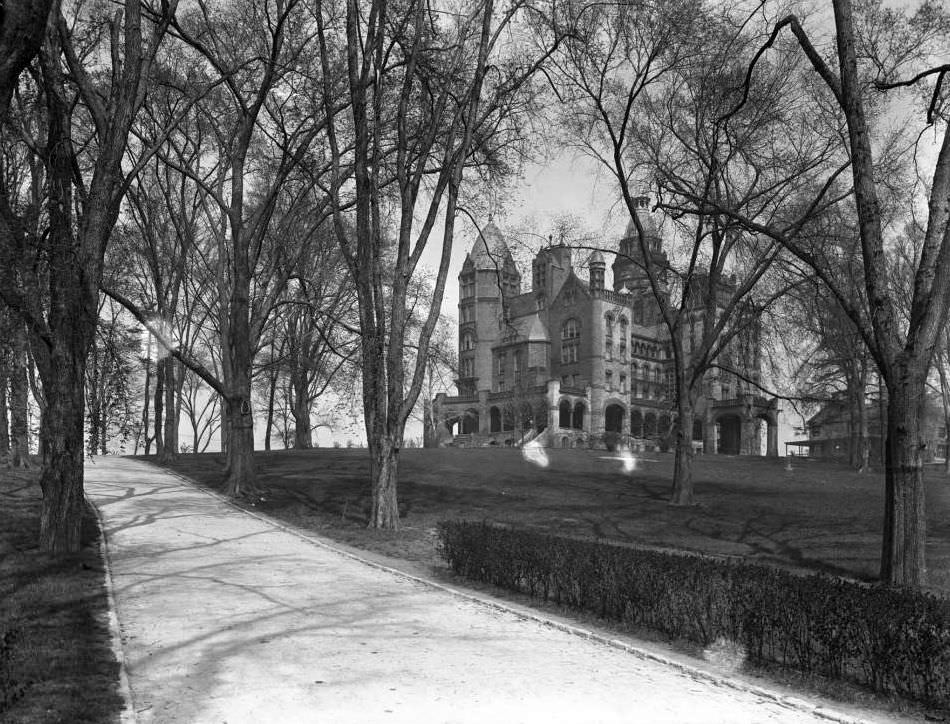
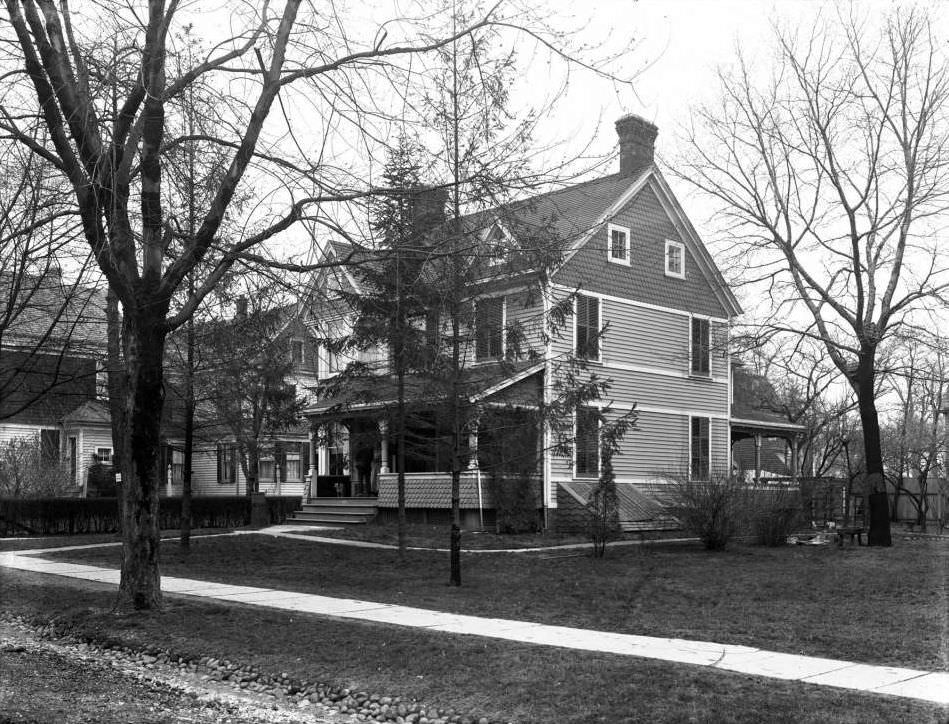
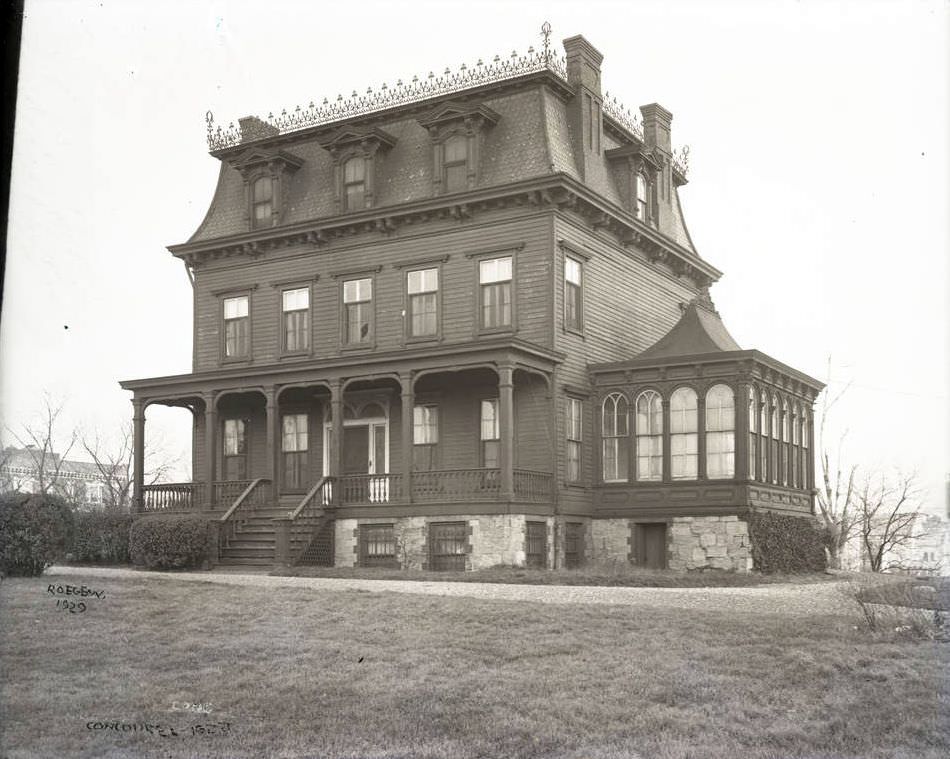
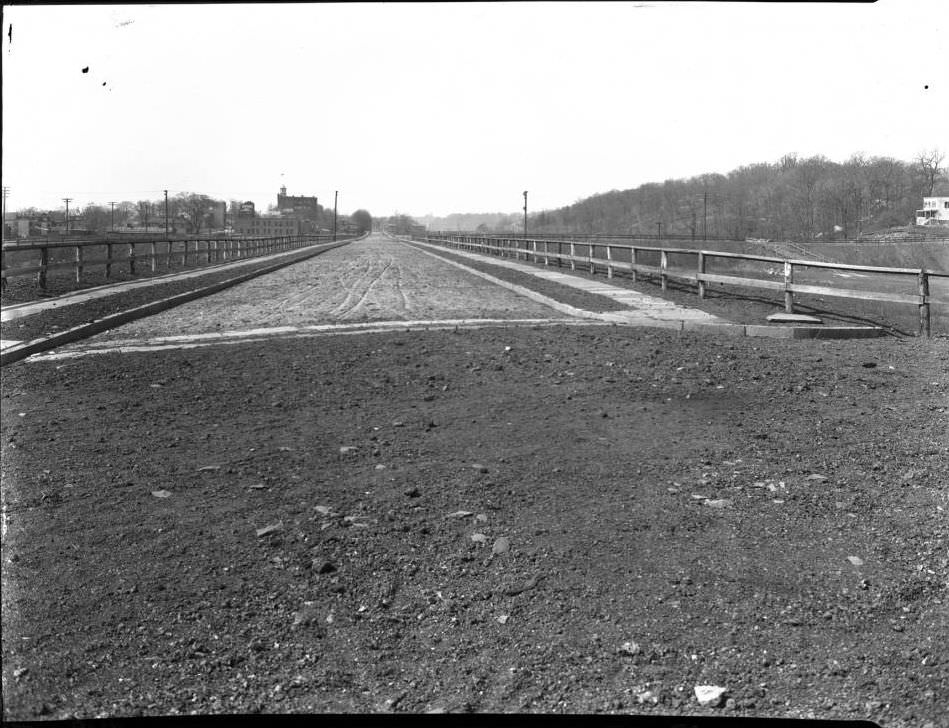
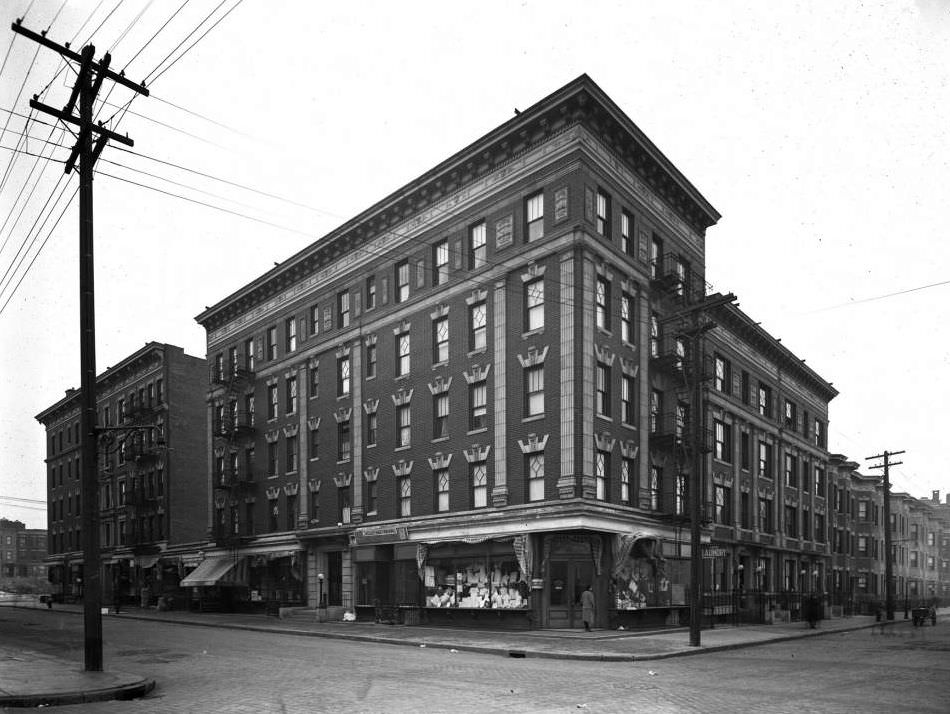
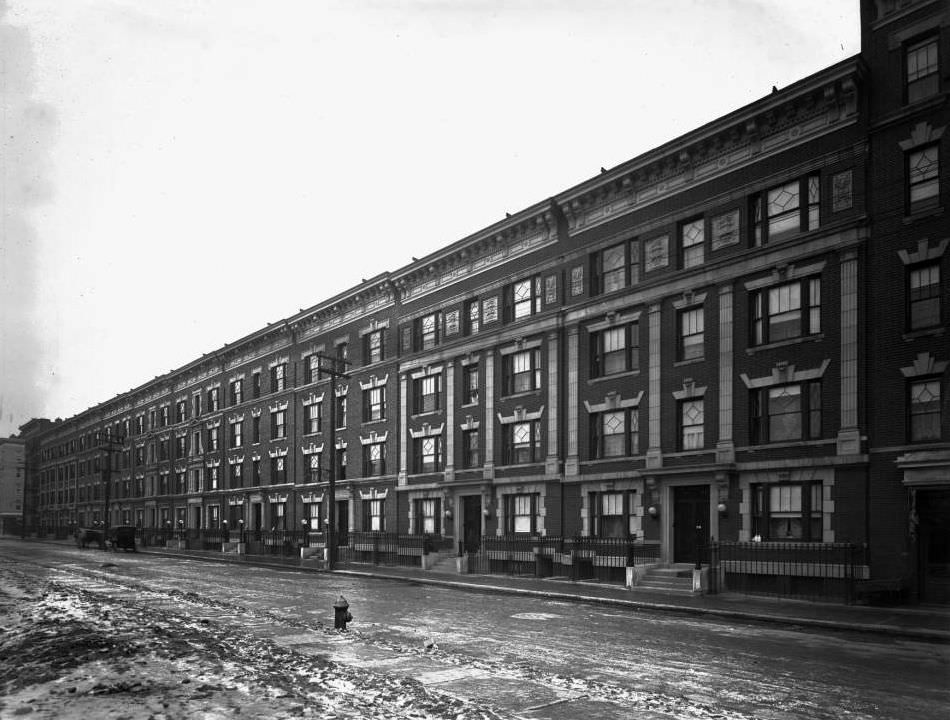
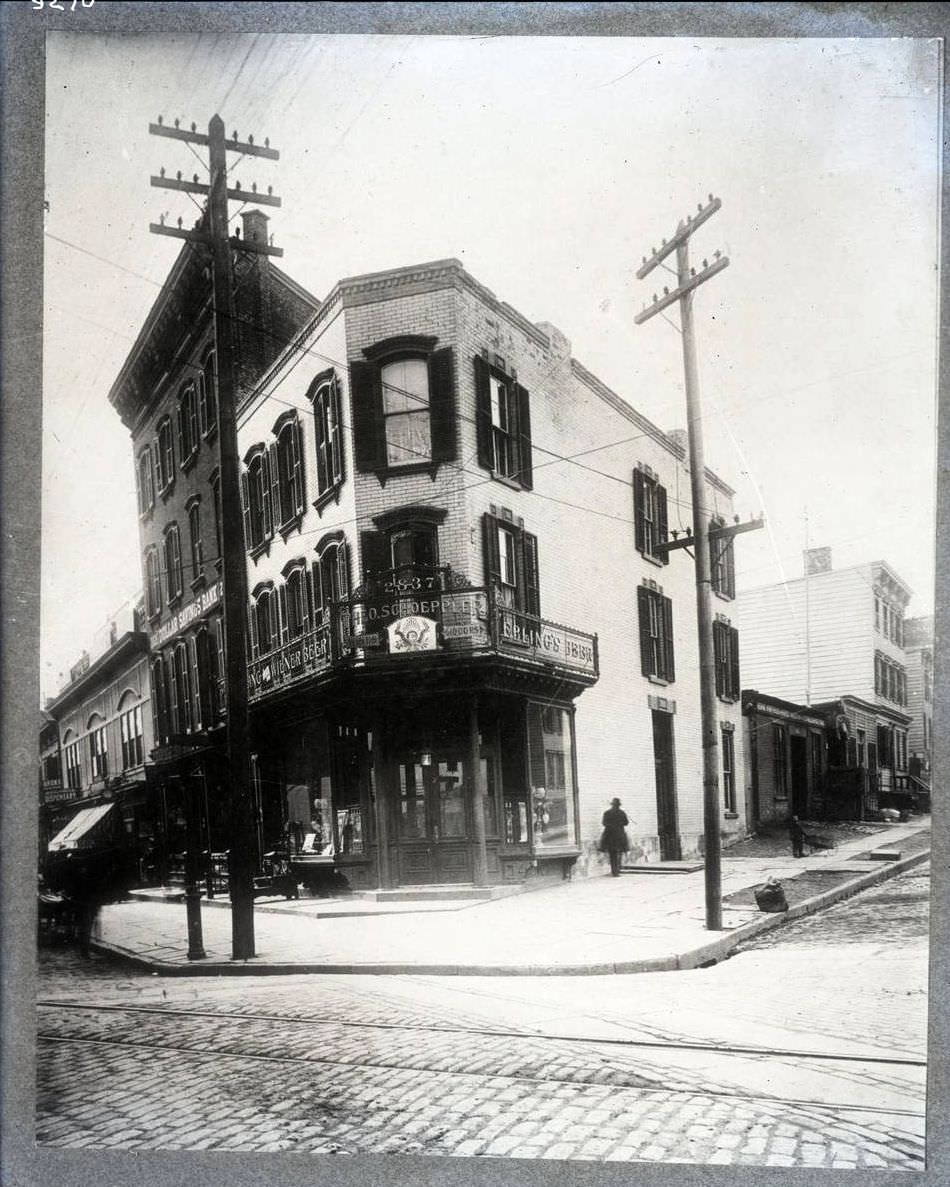
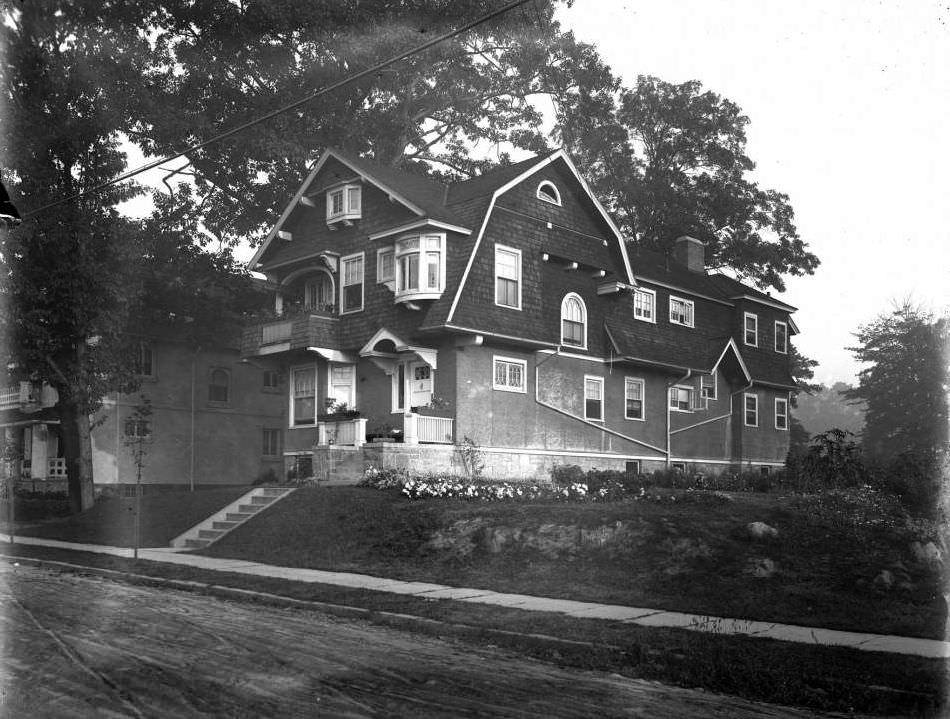


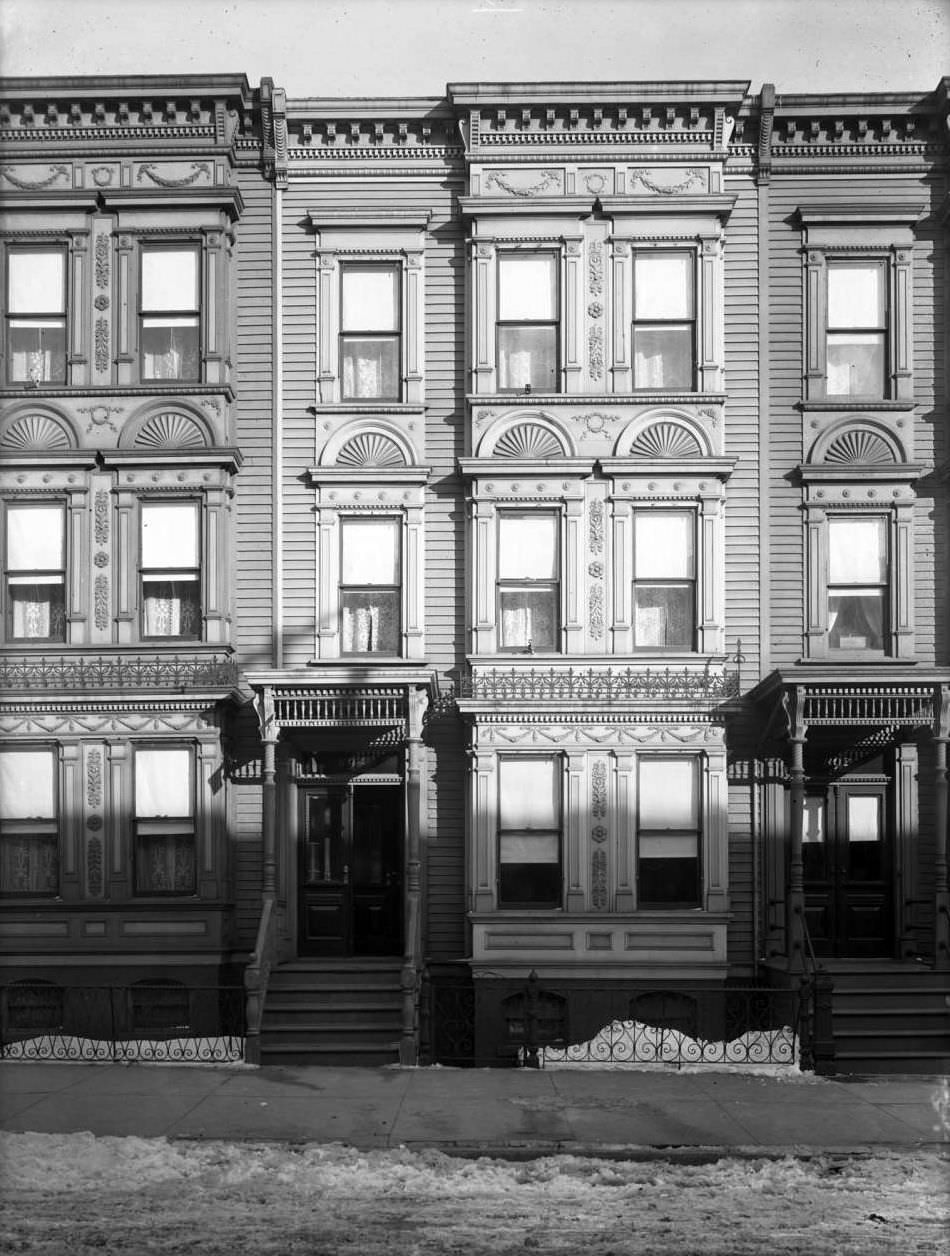
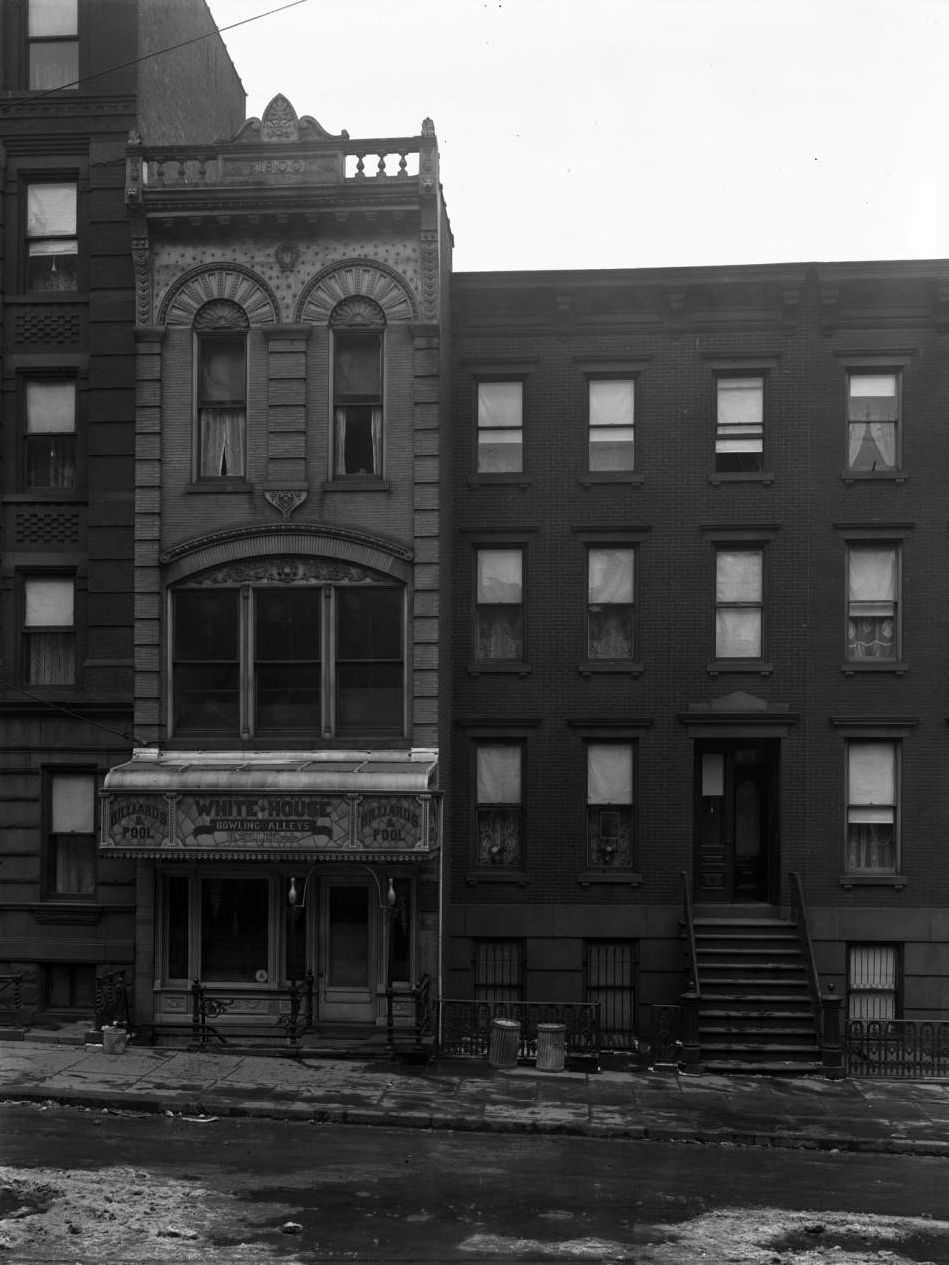
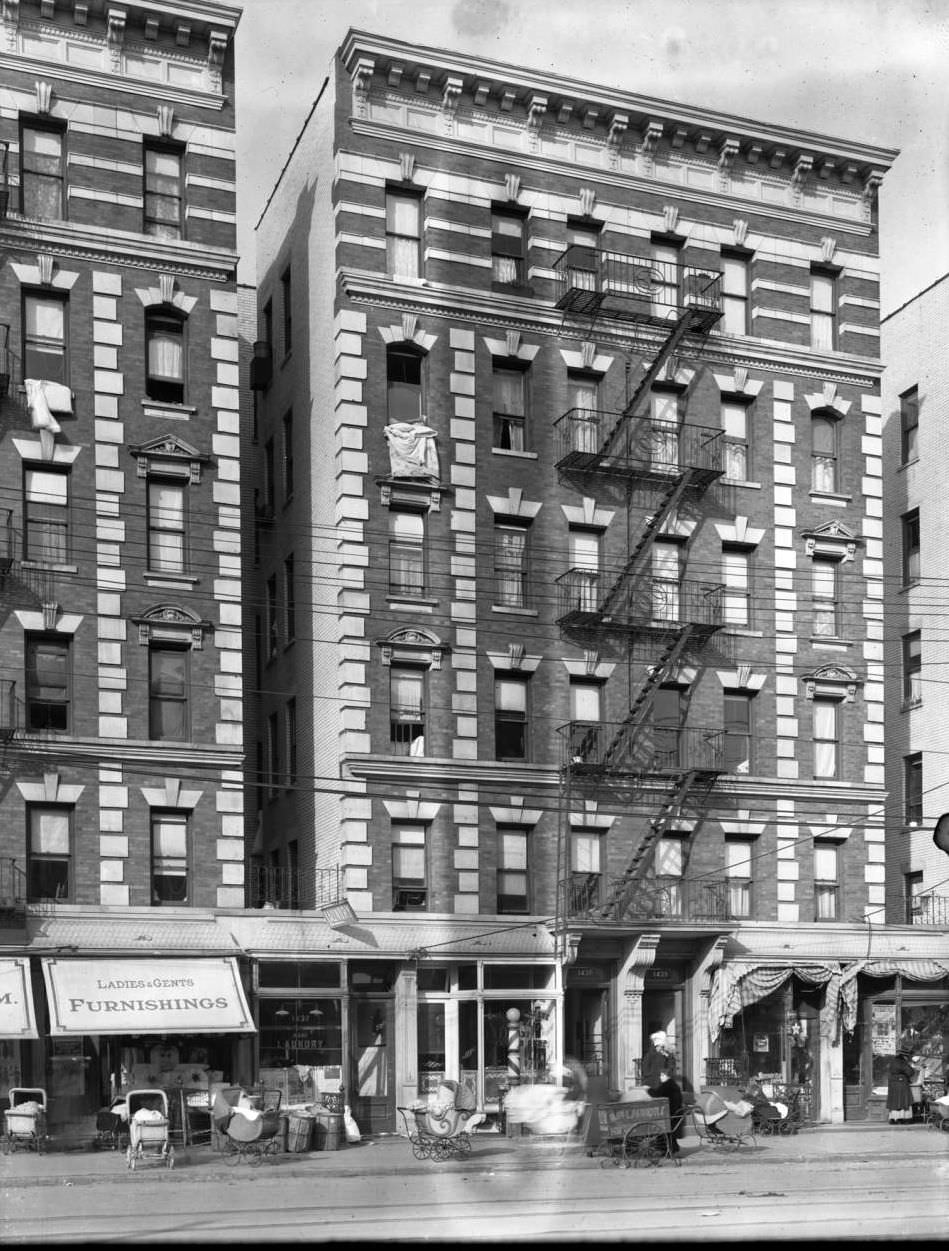
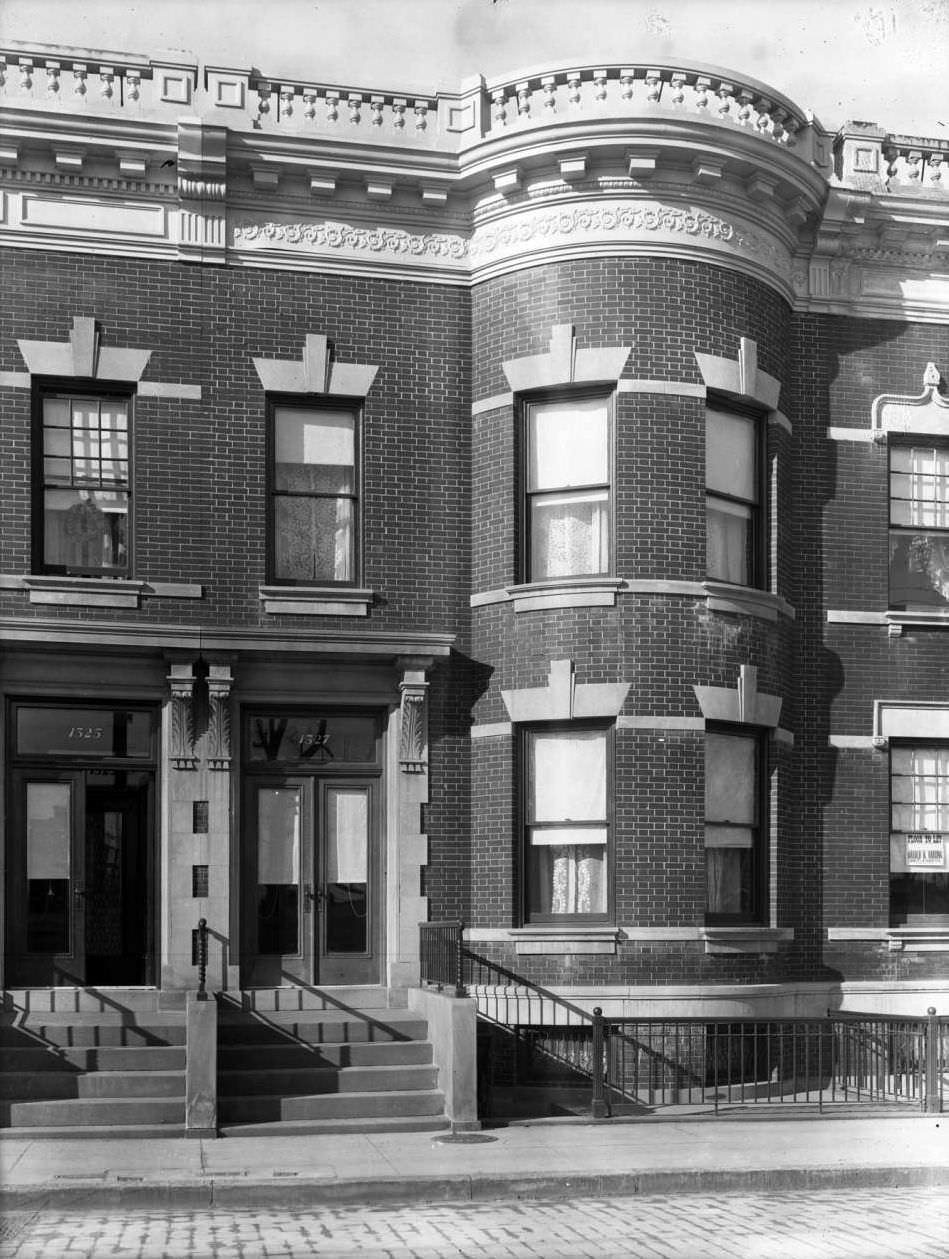
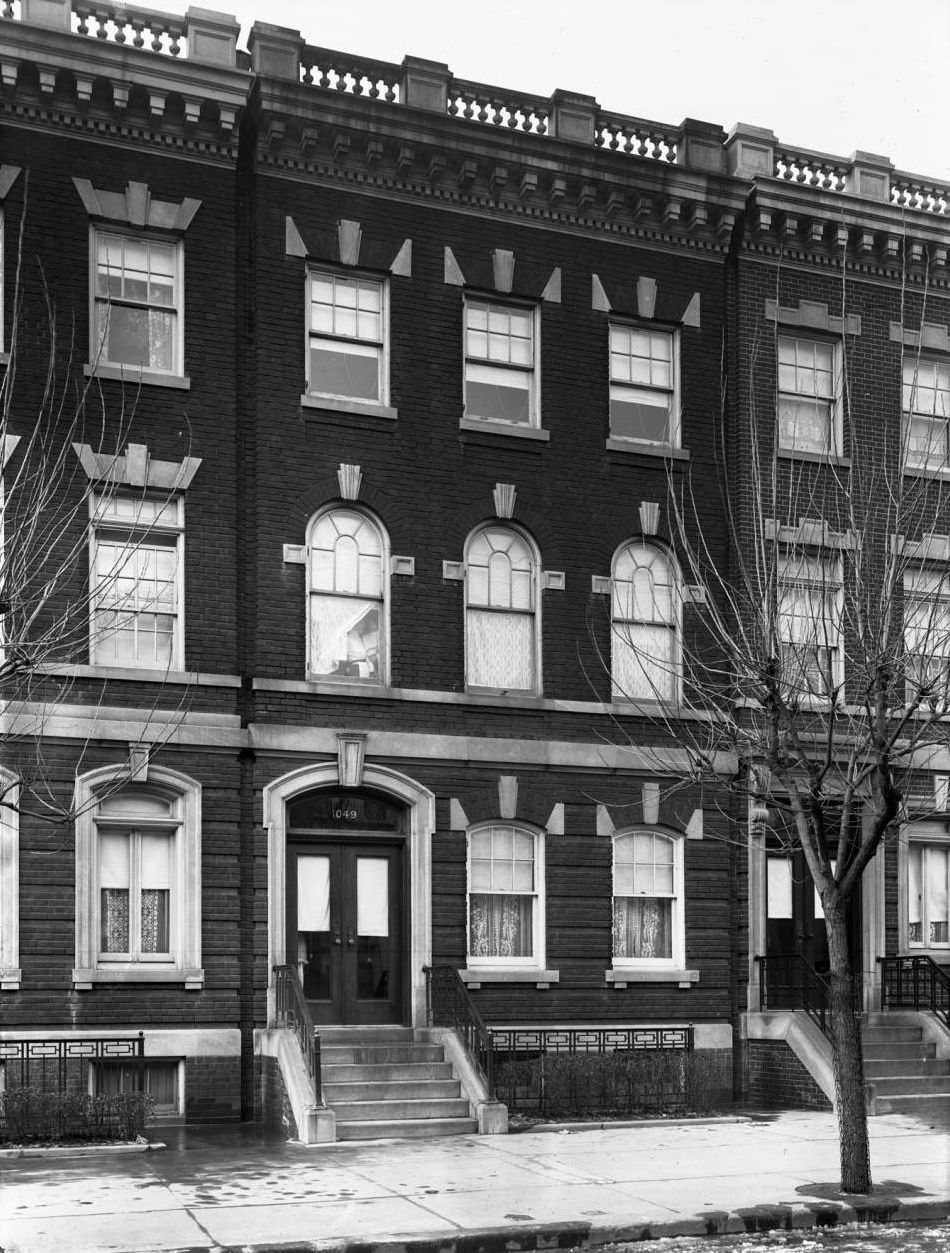
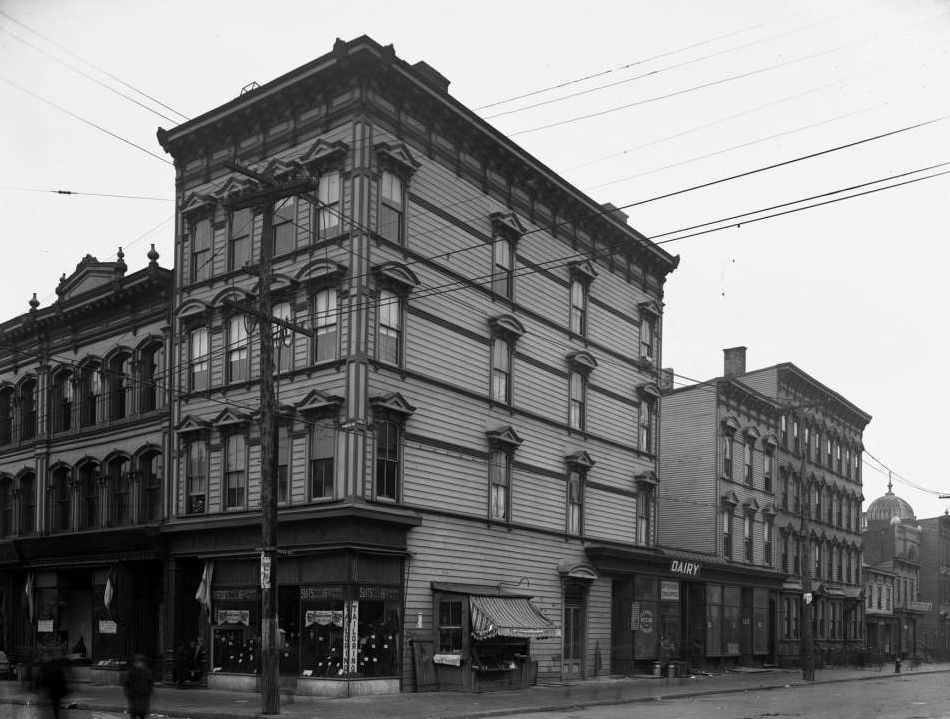
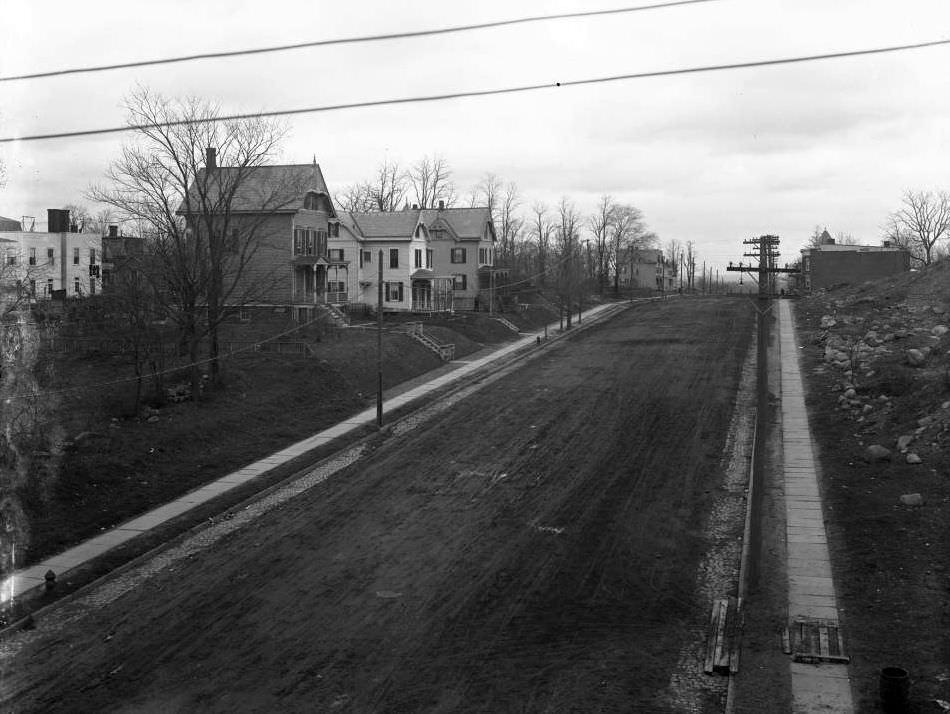
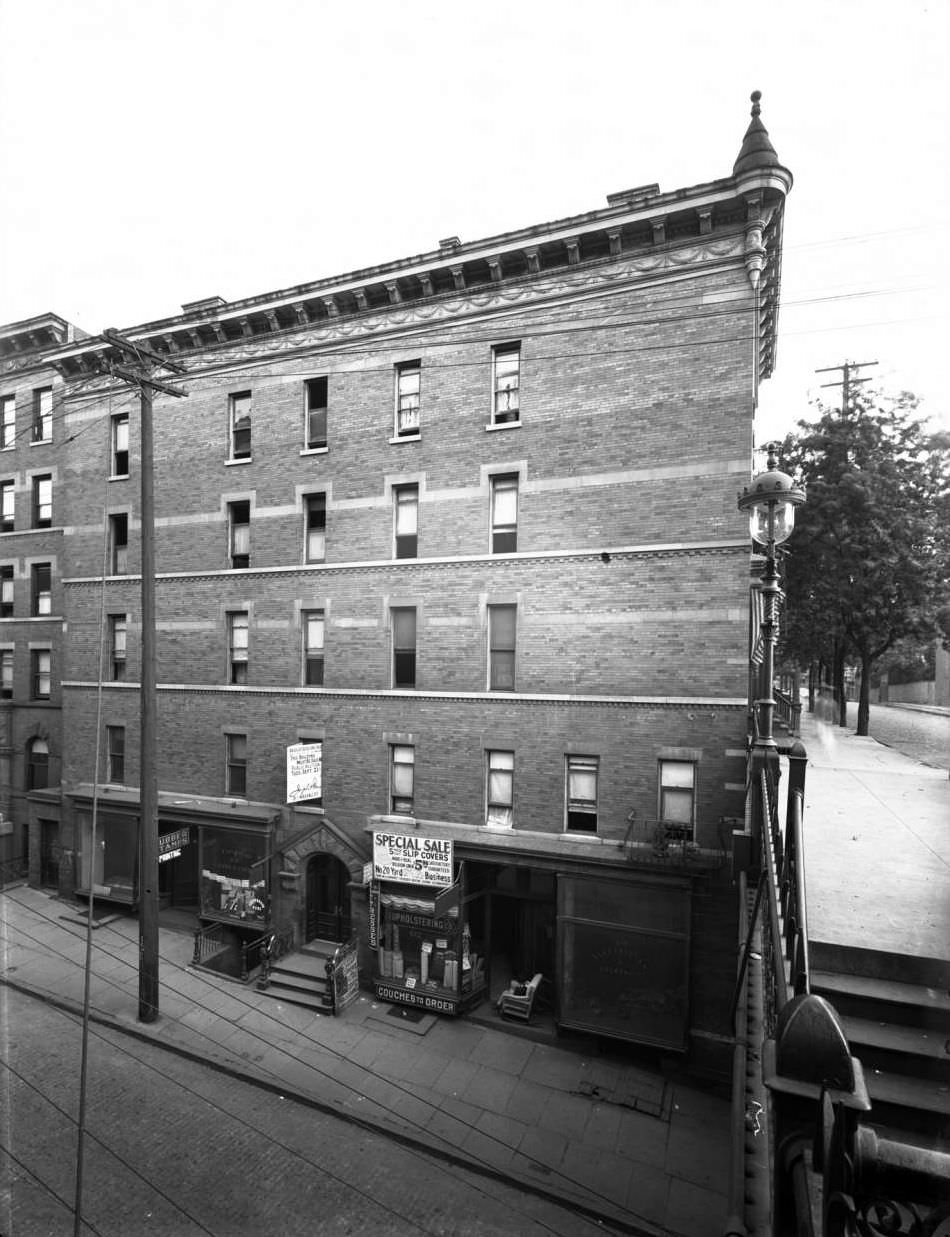

GIPHY App Key not set. Please check settings